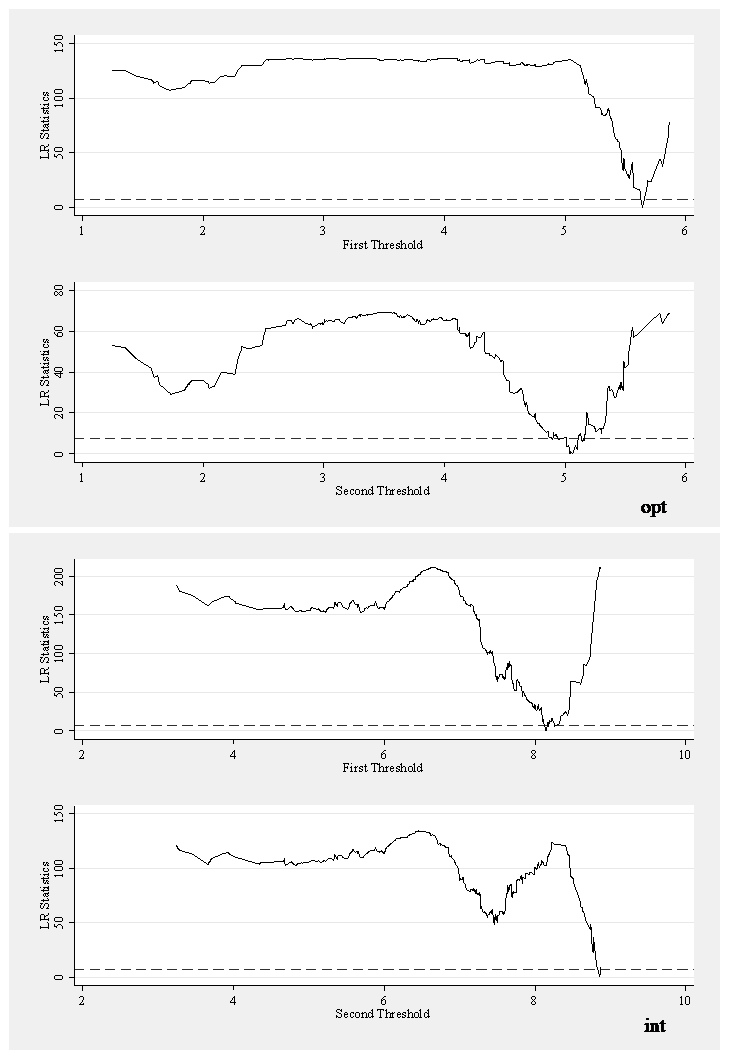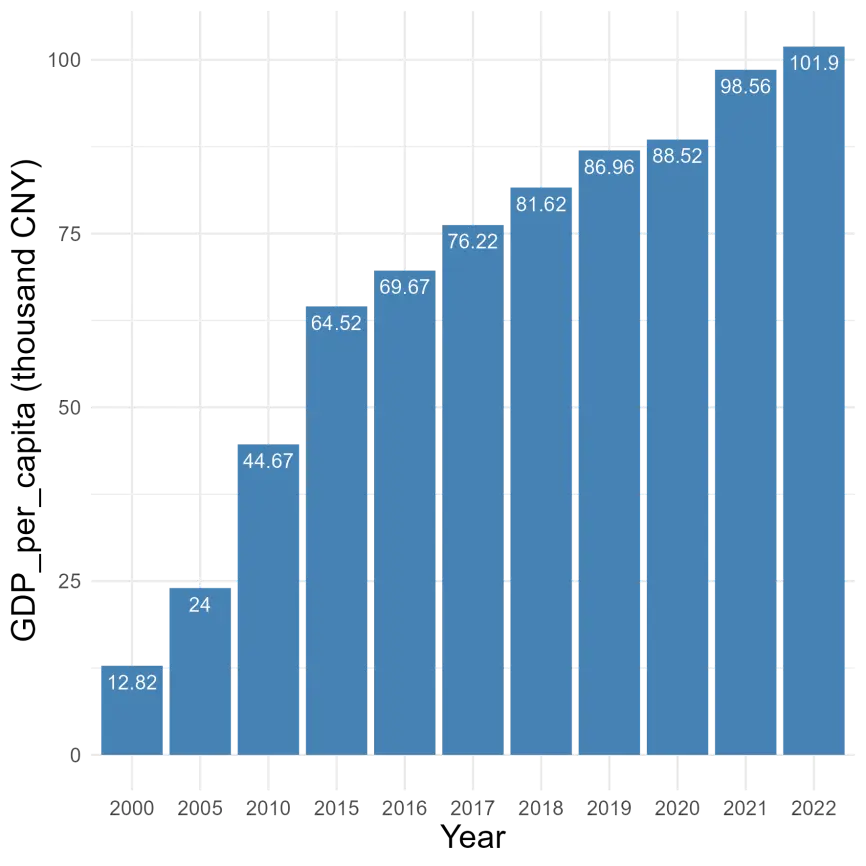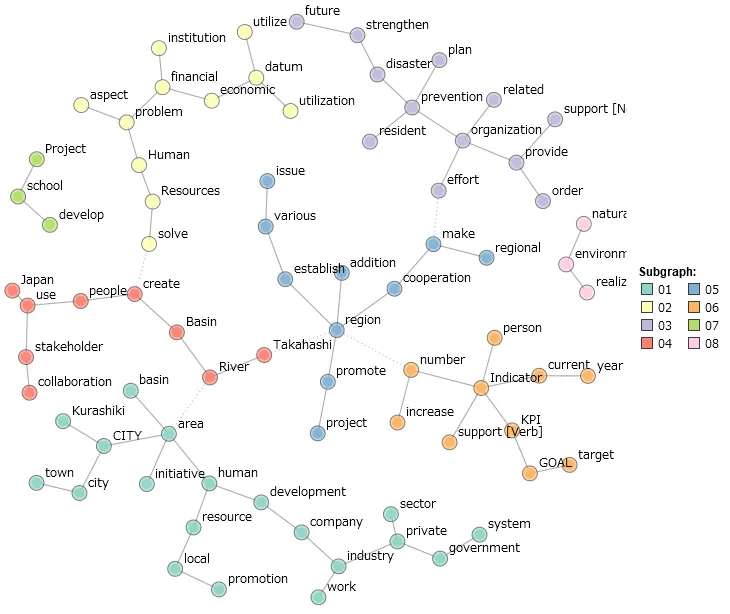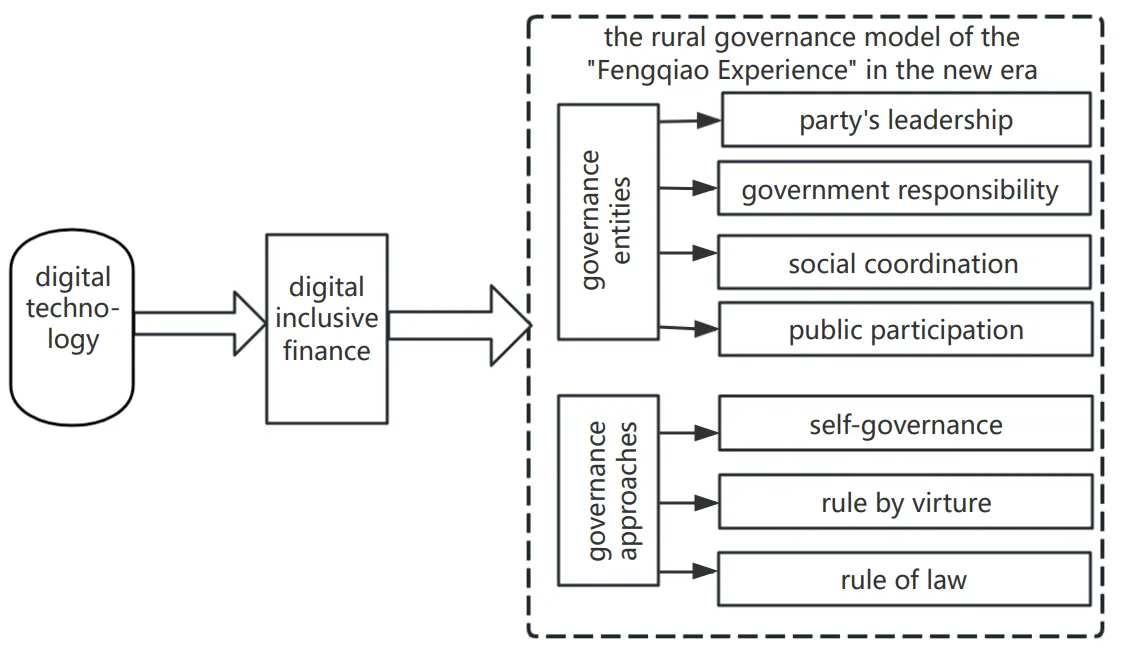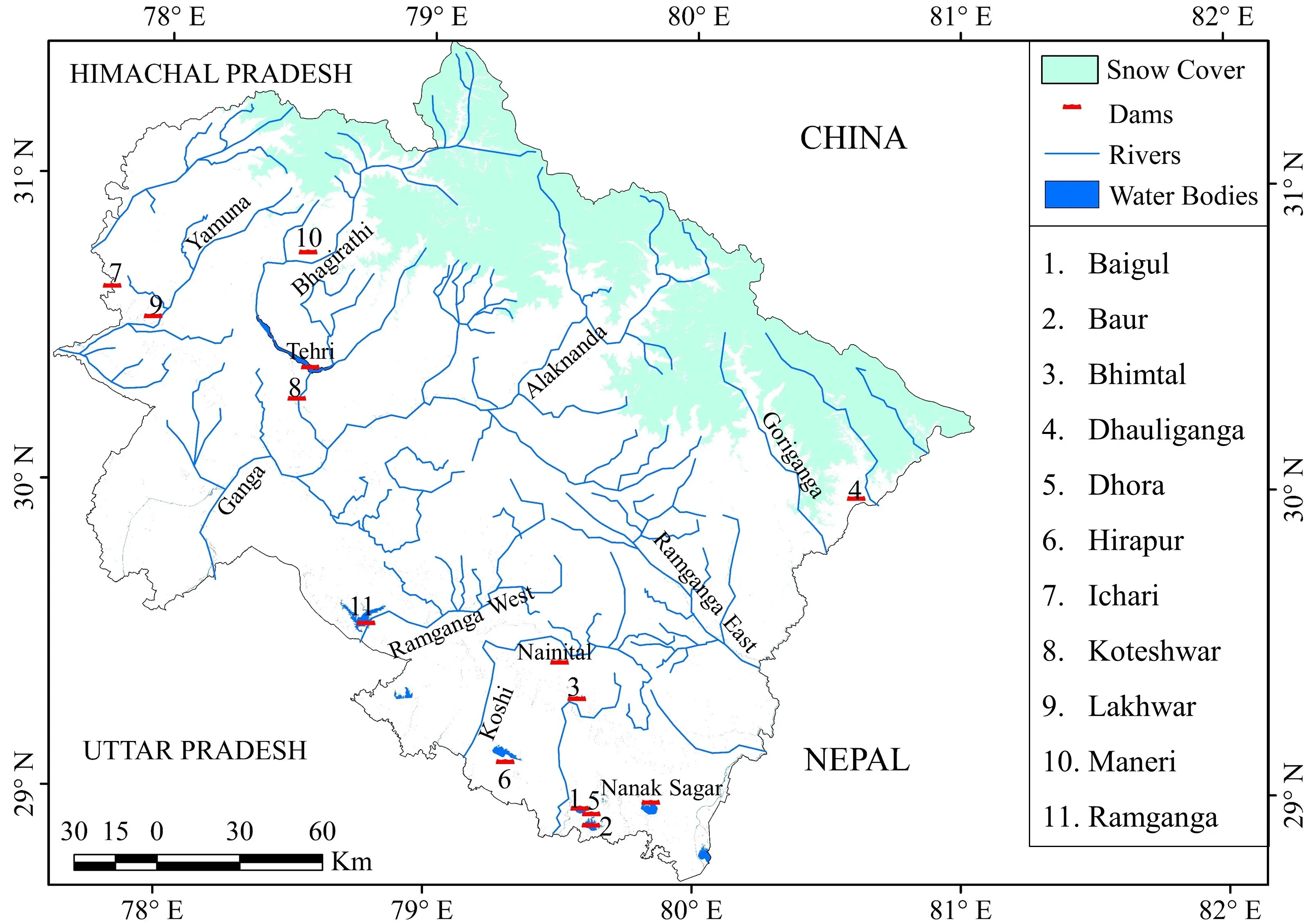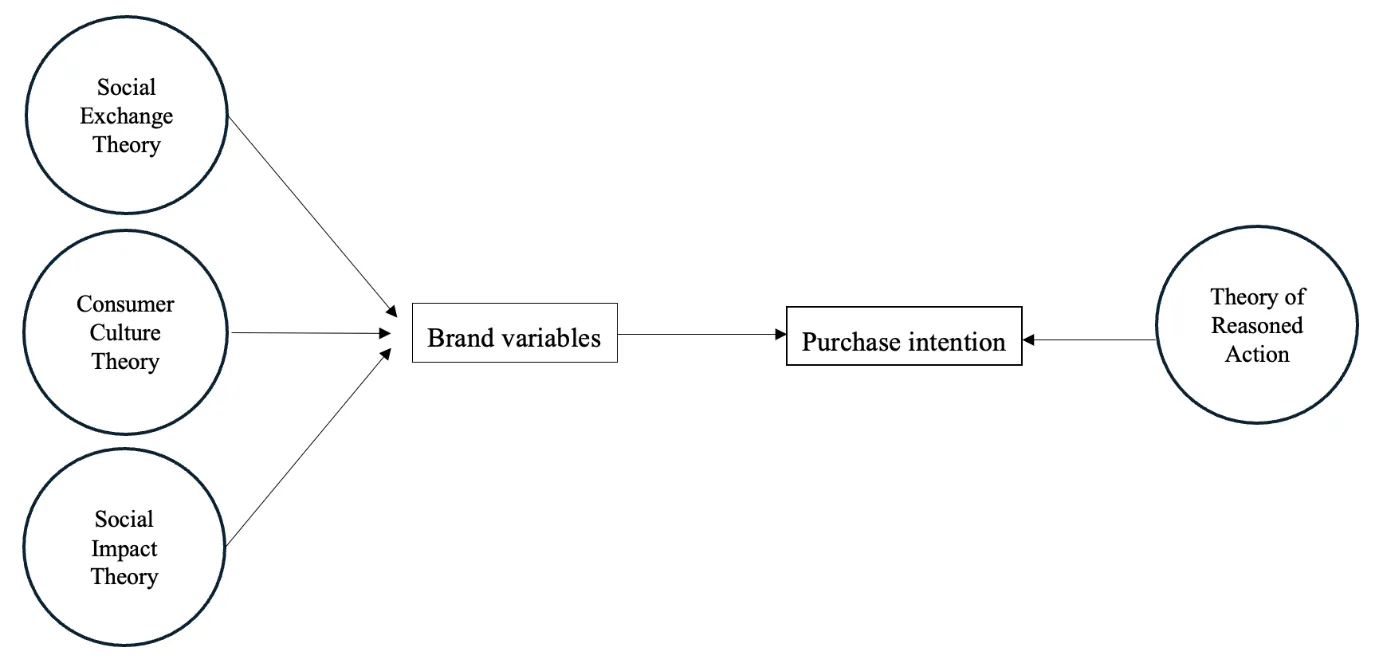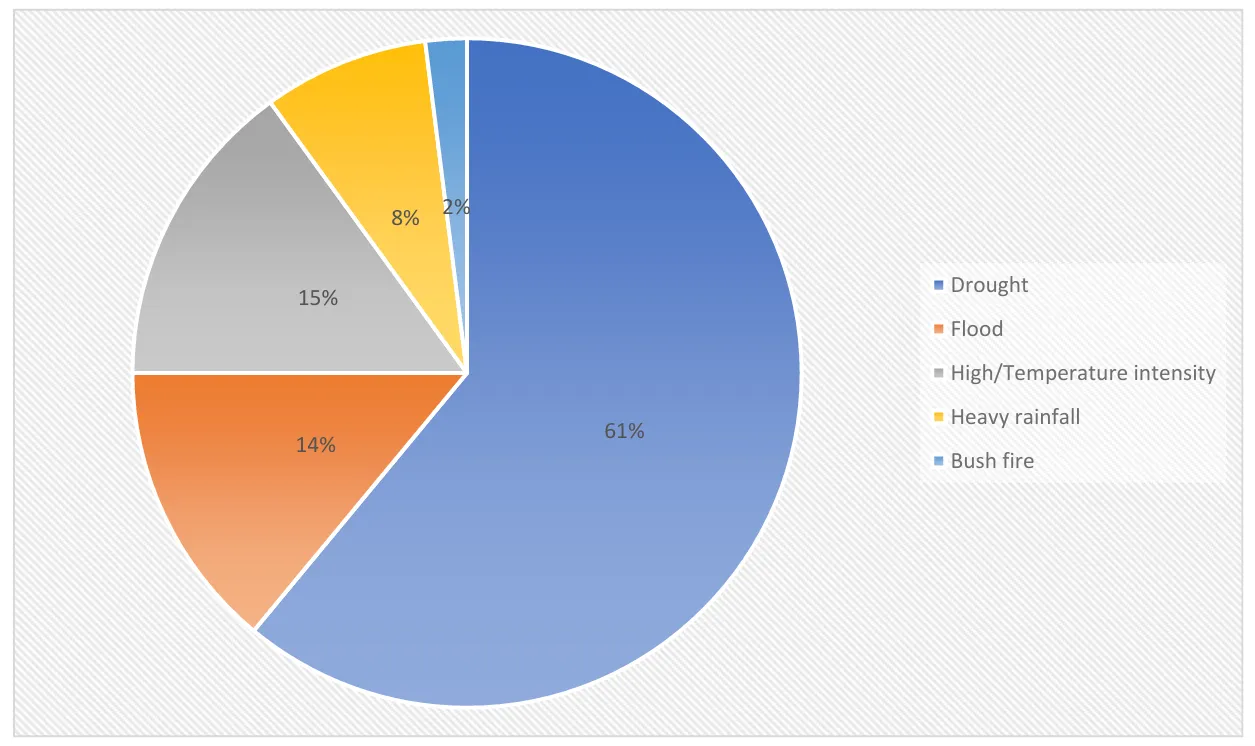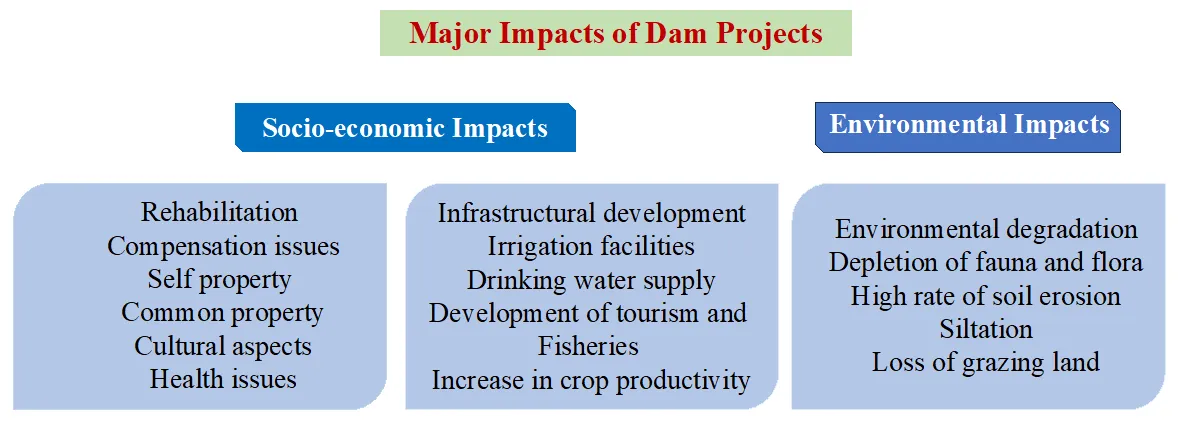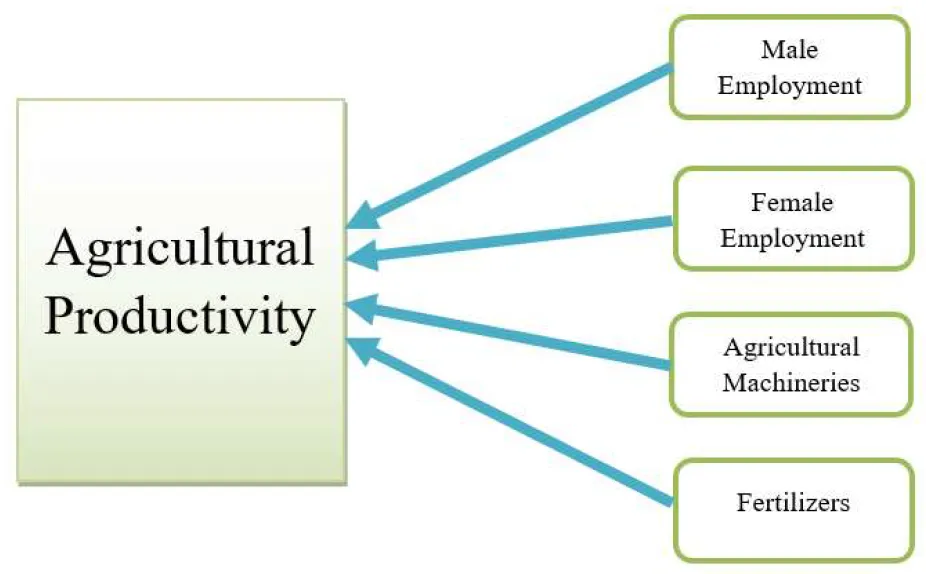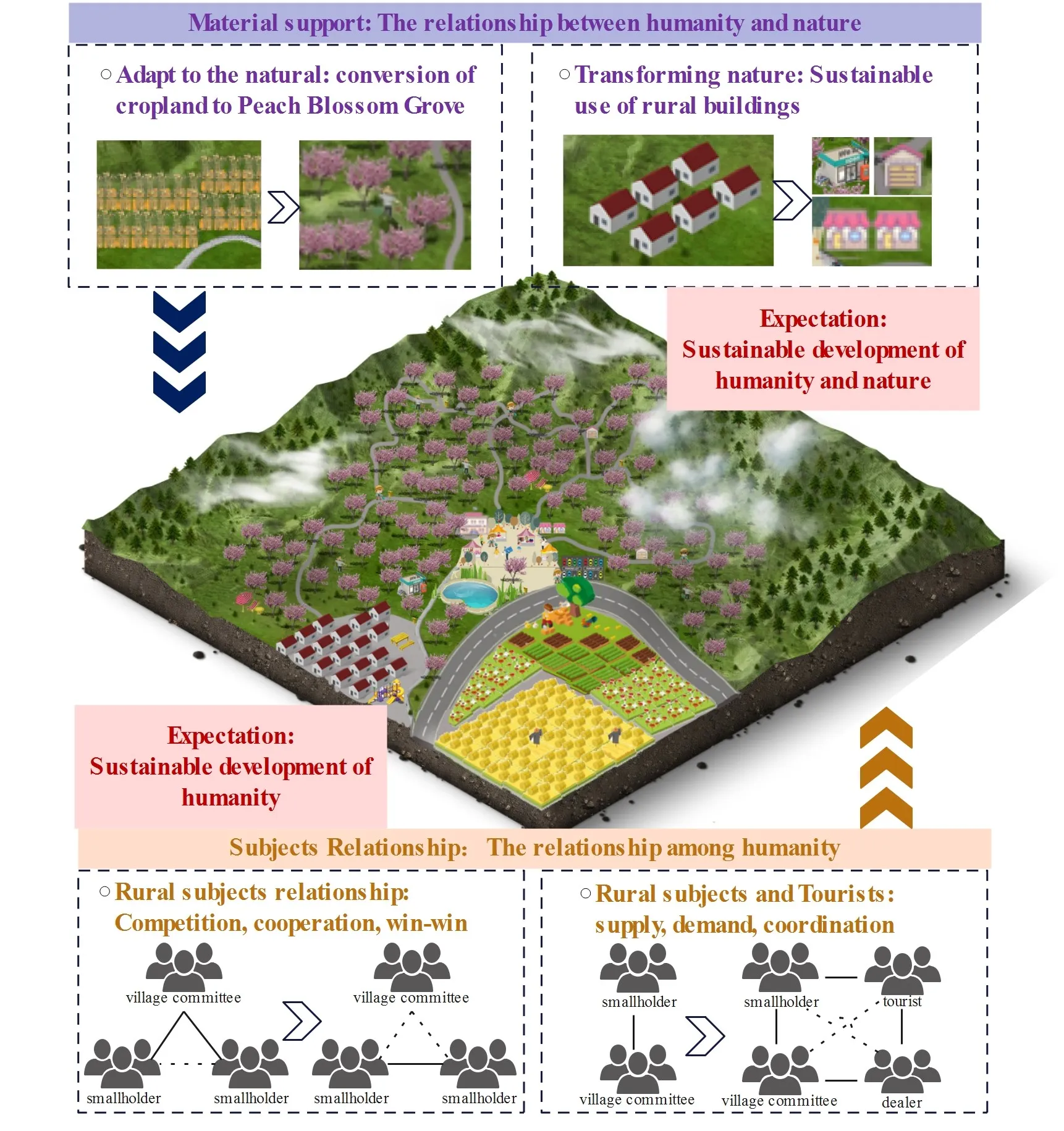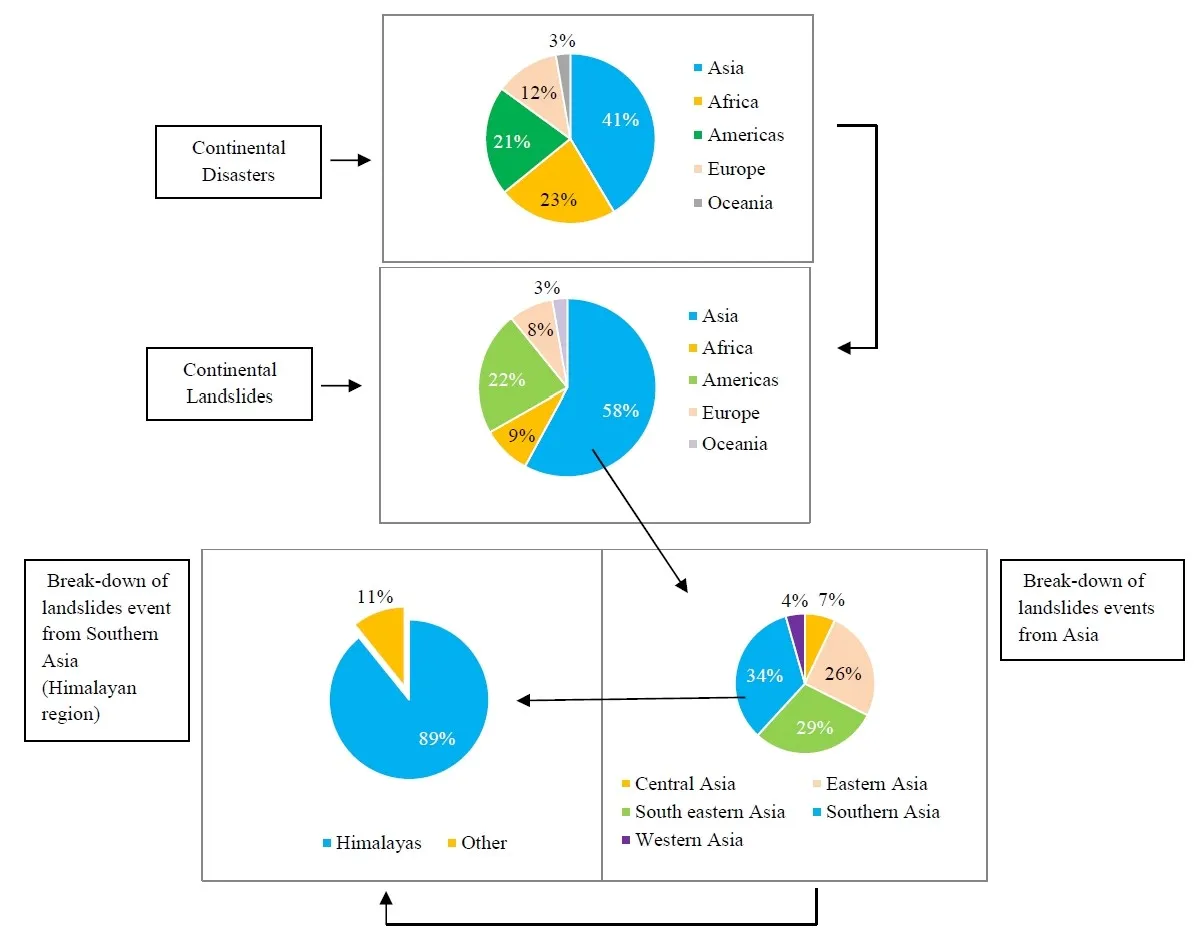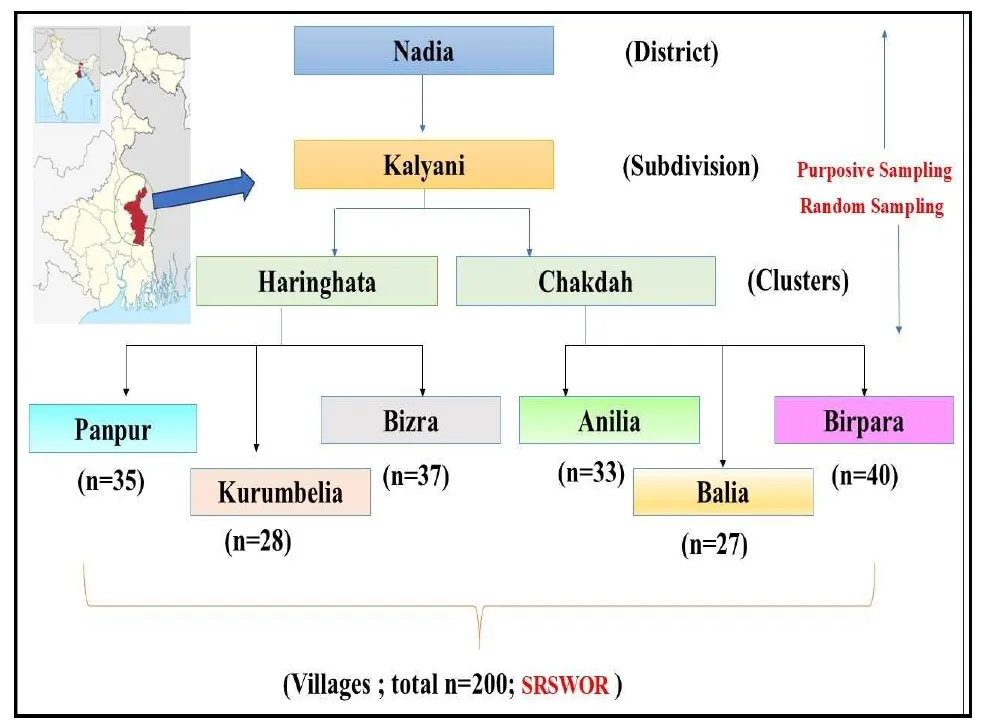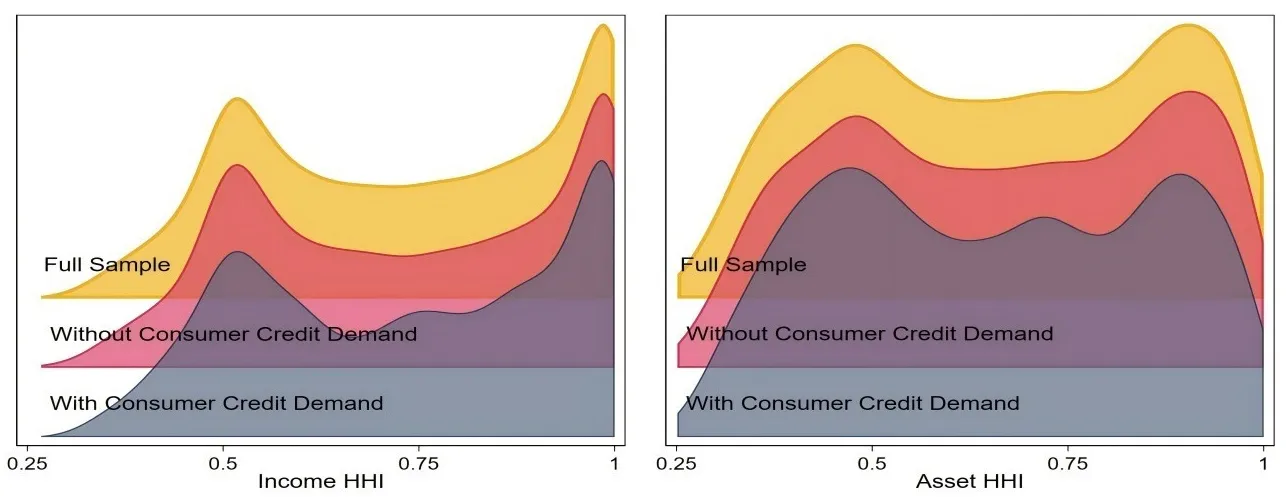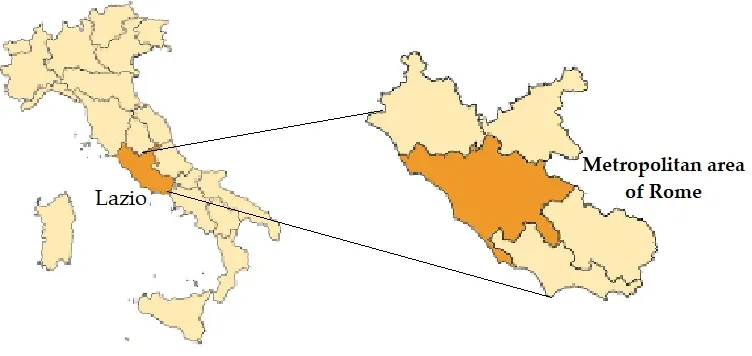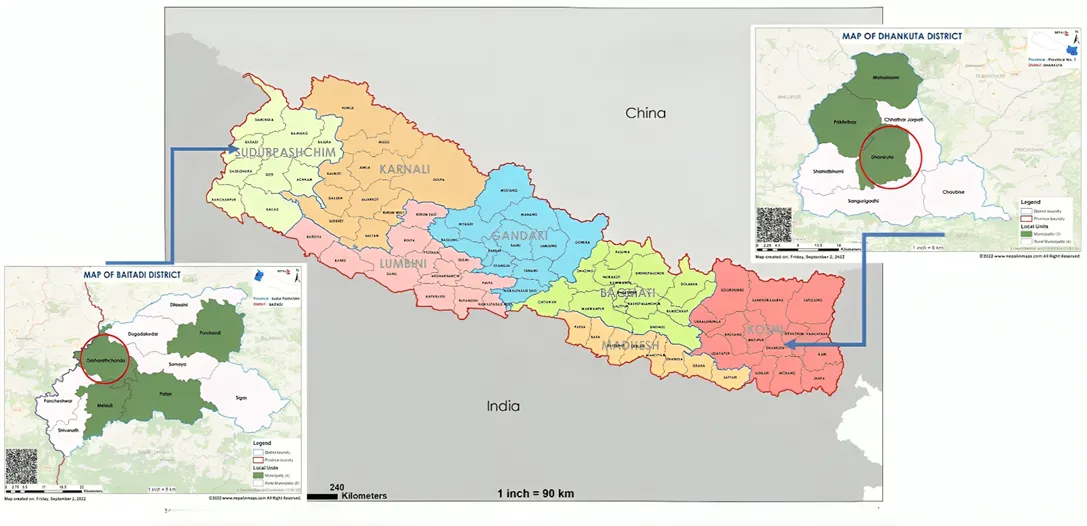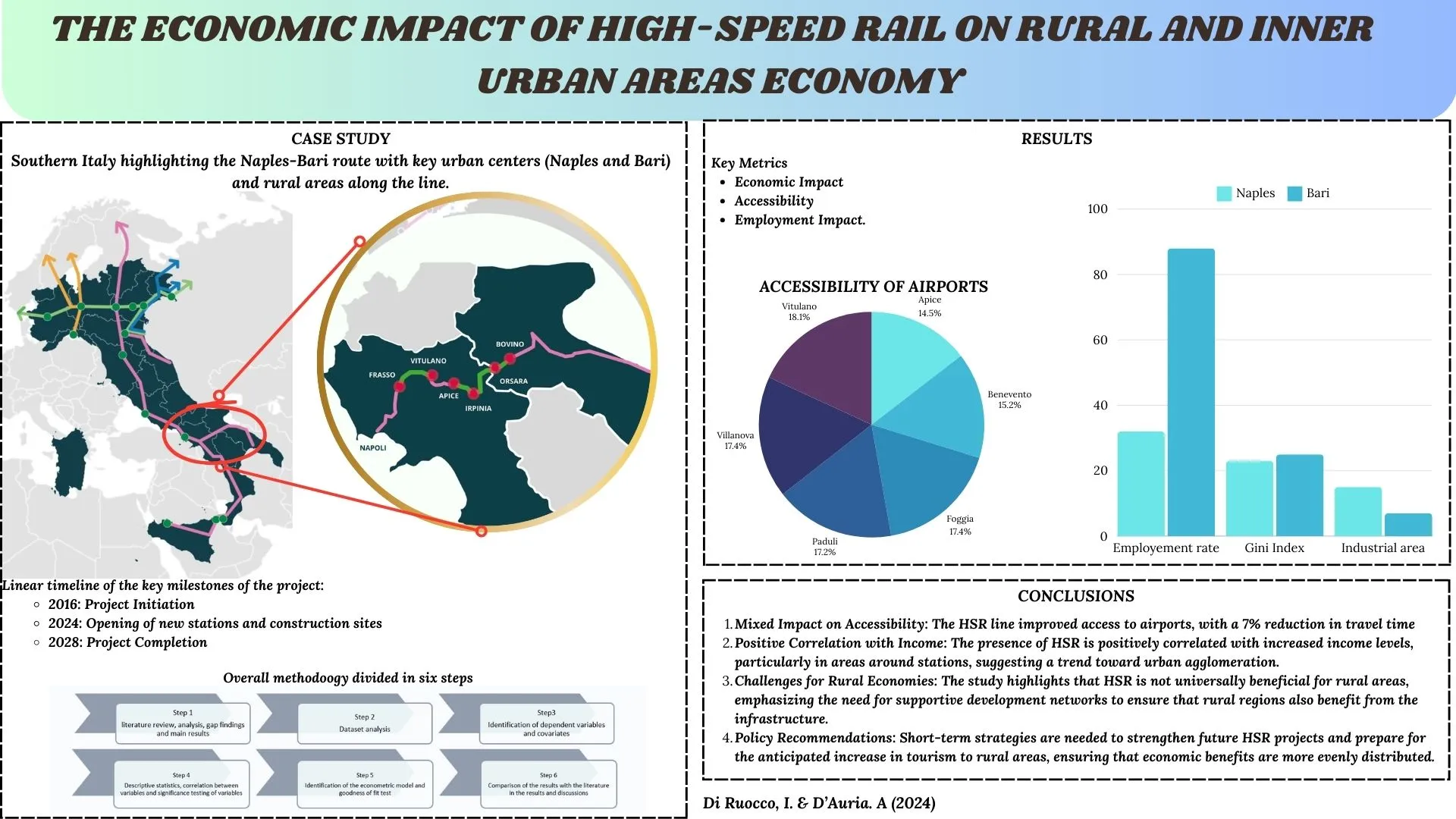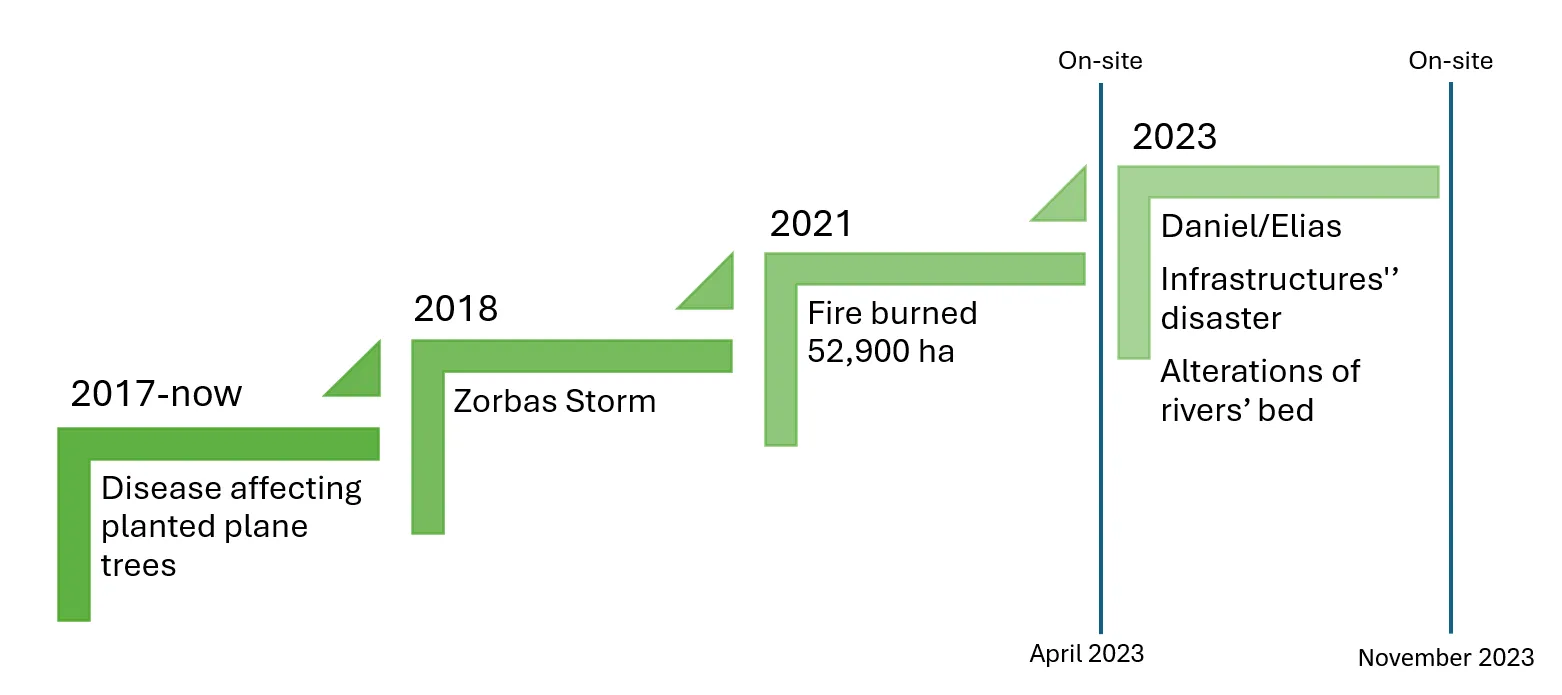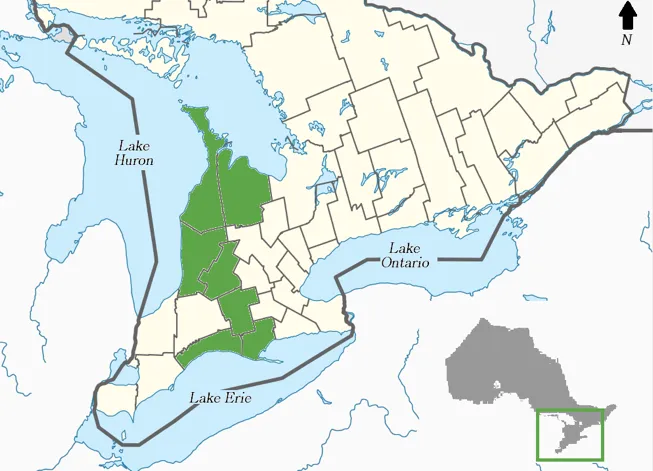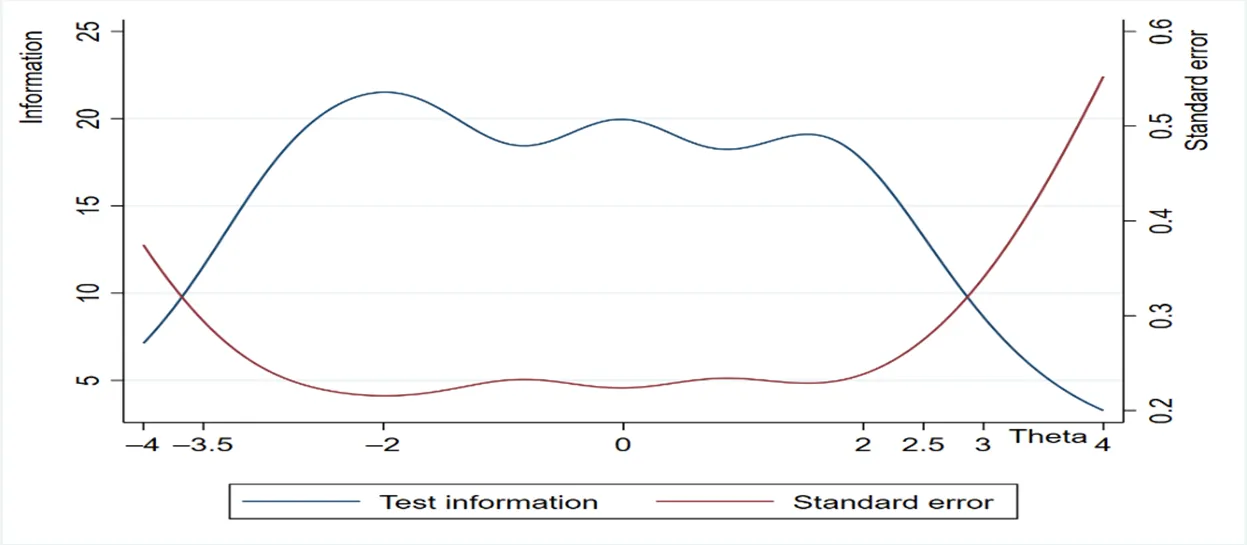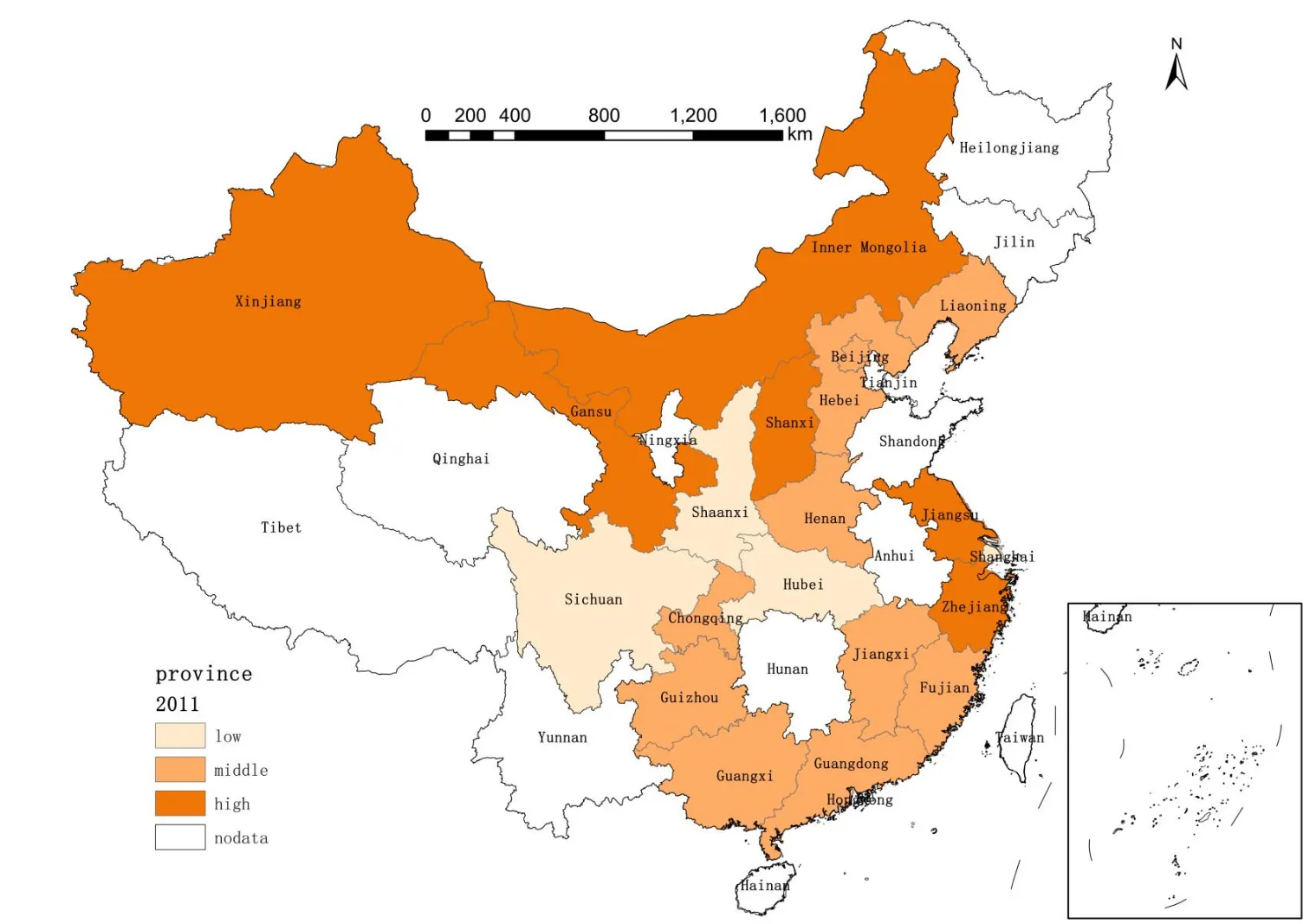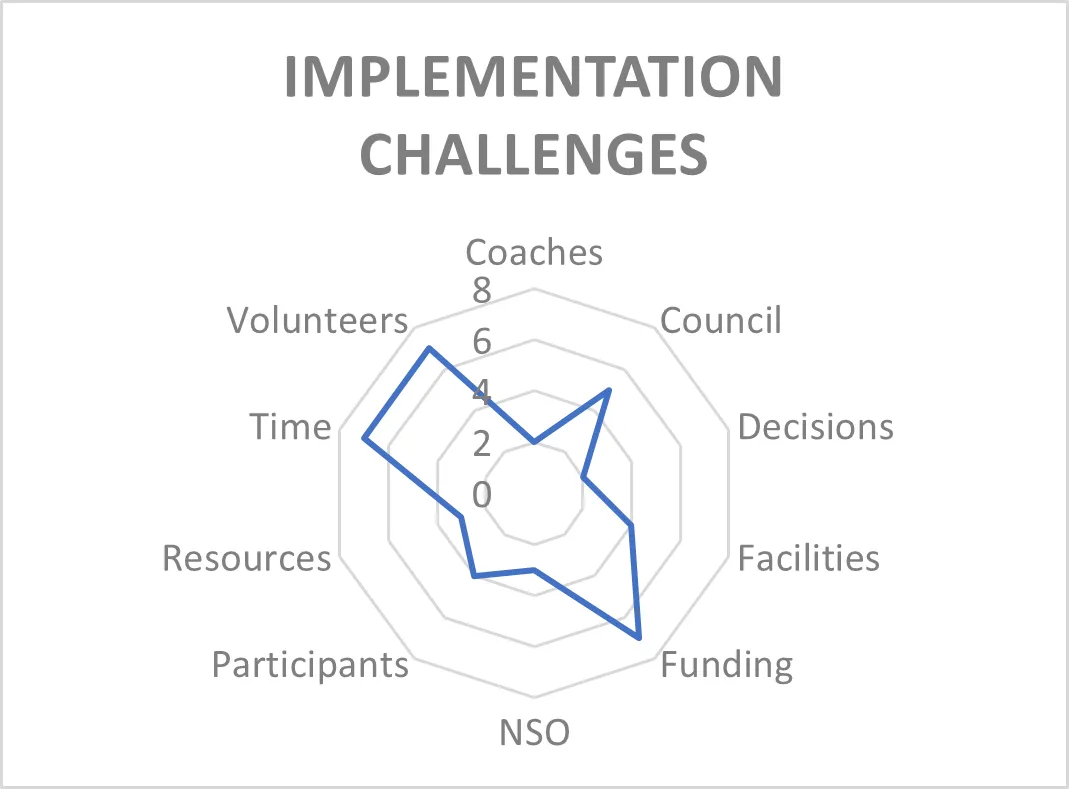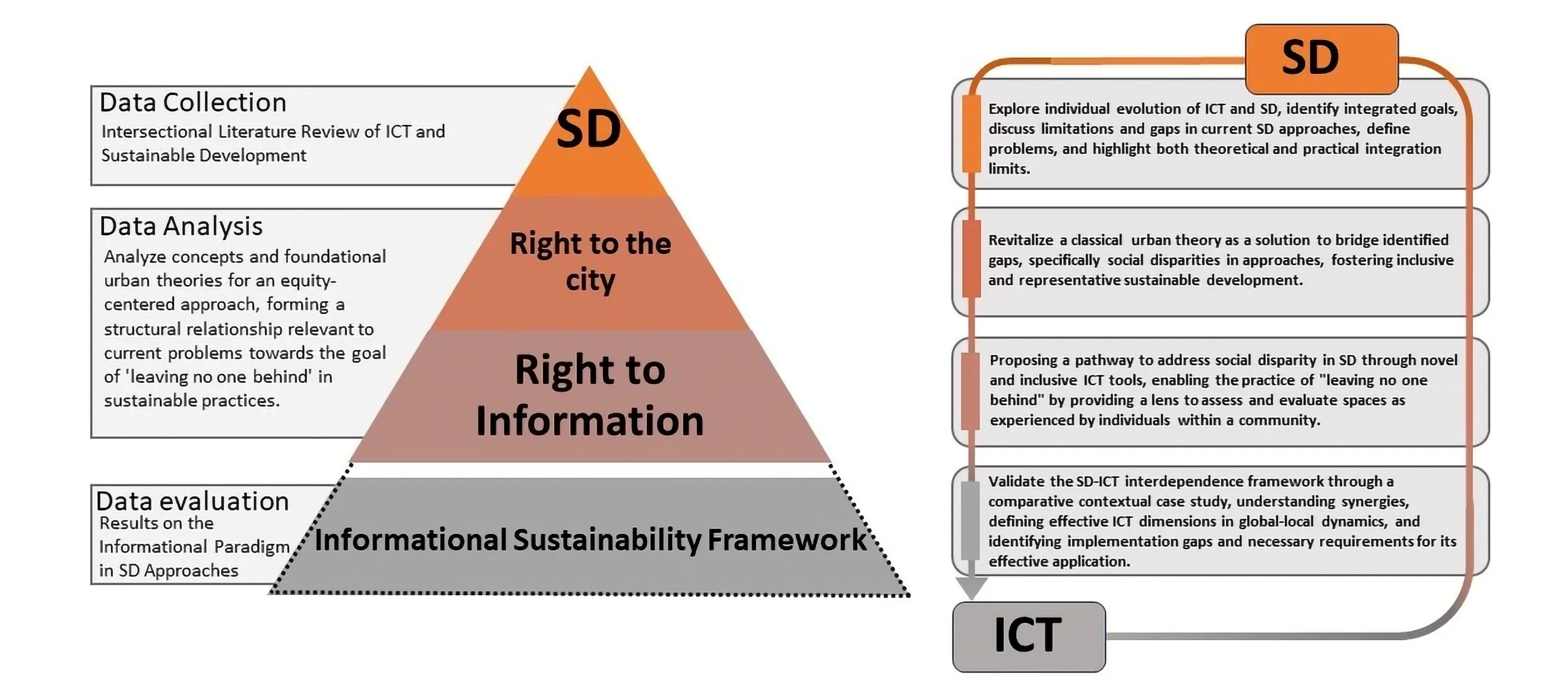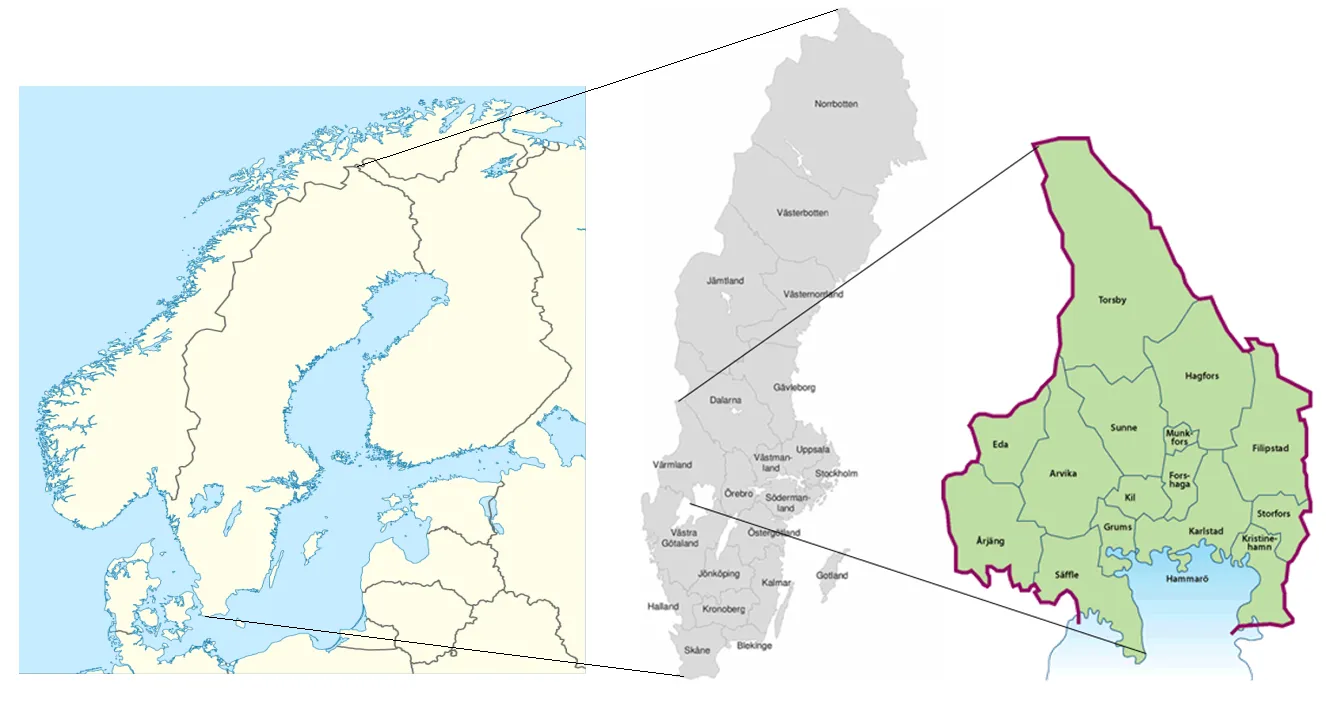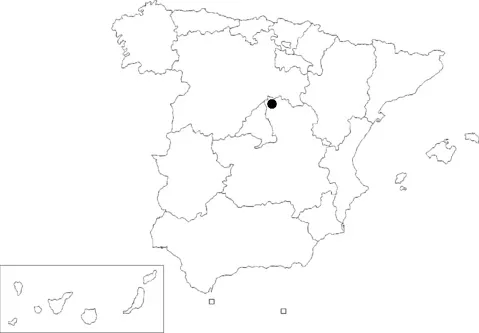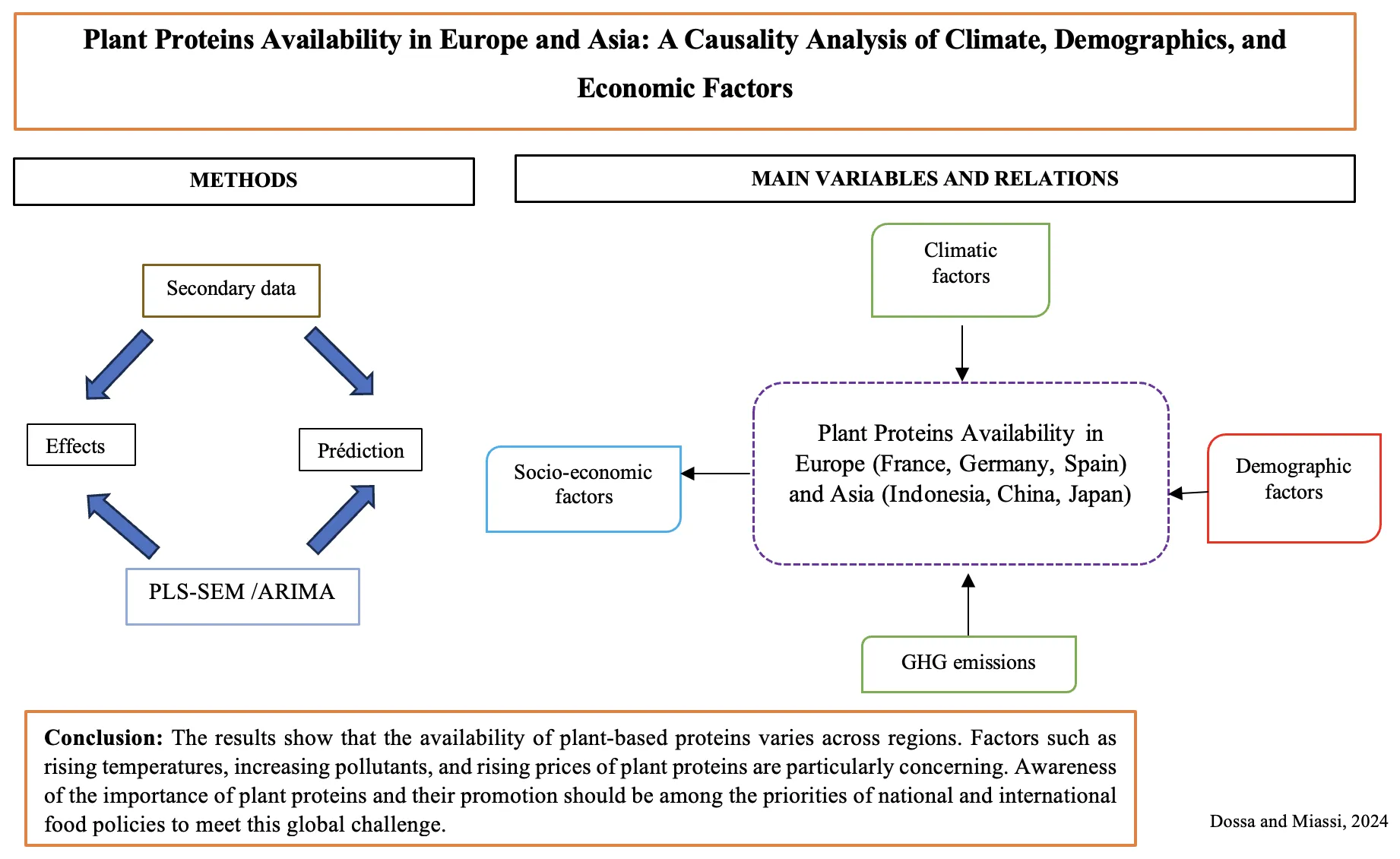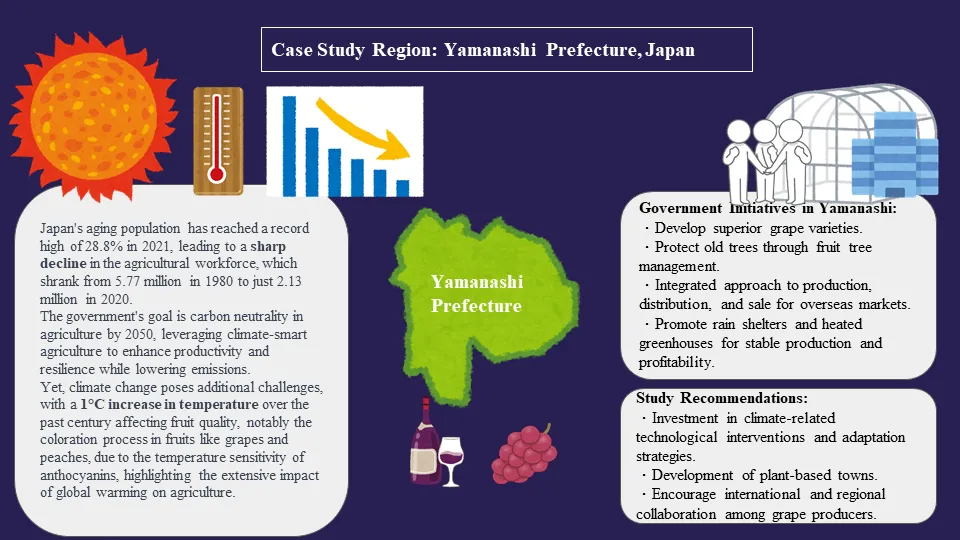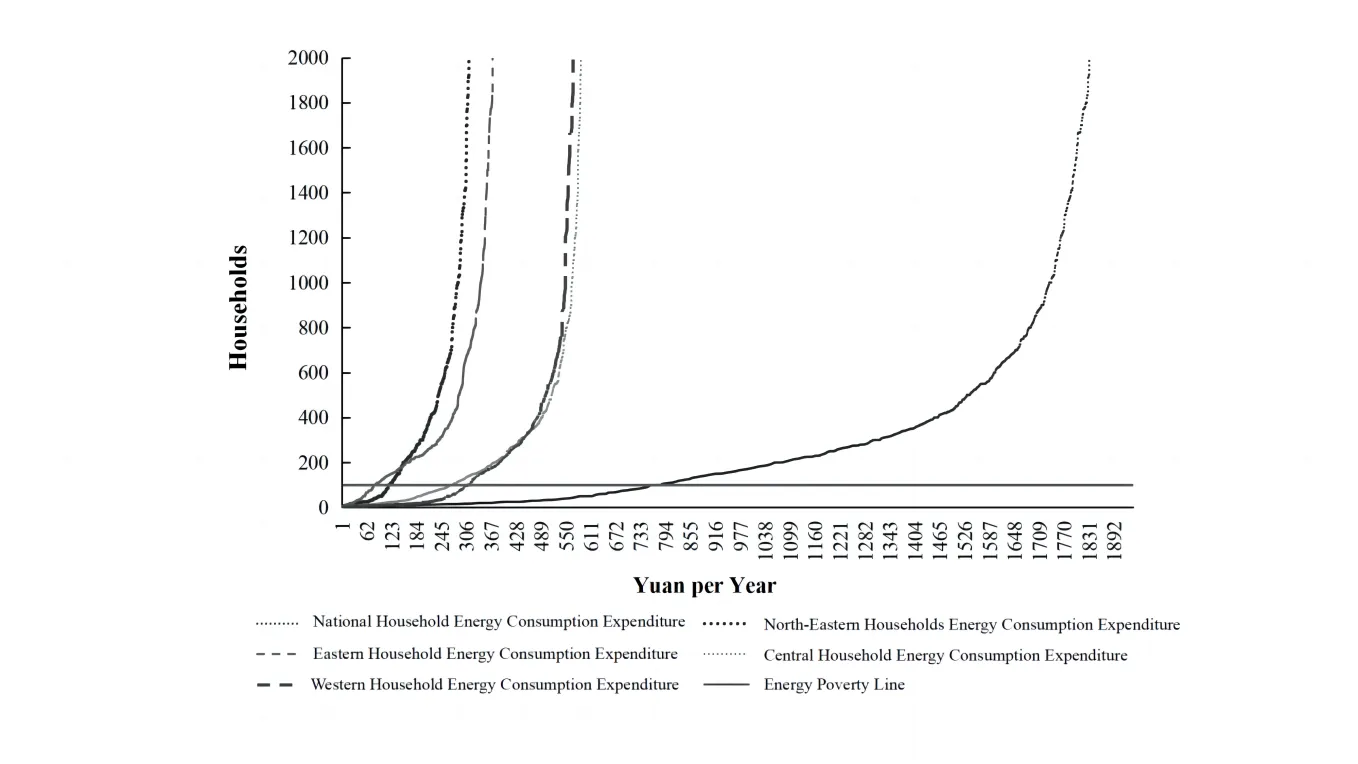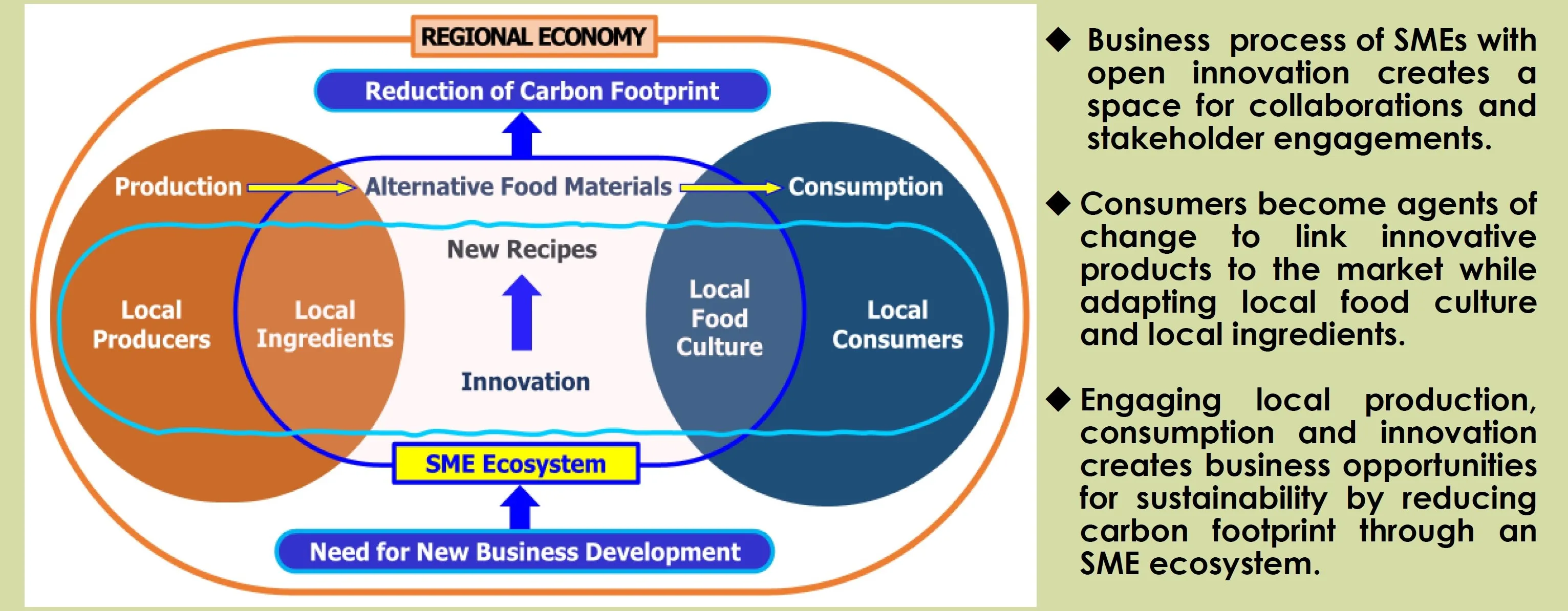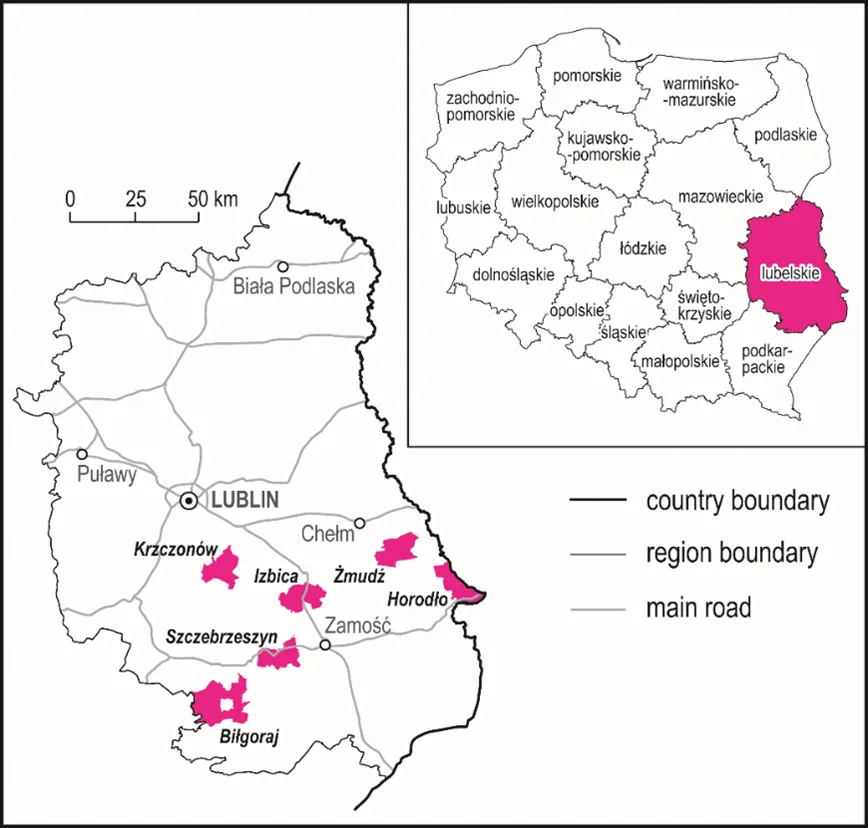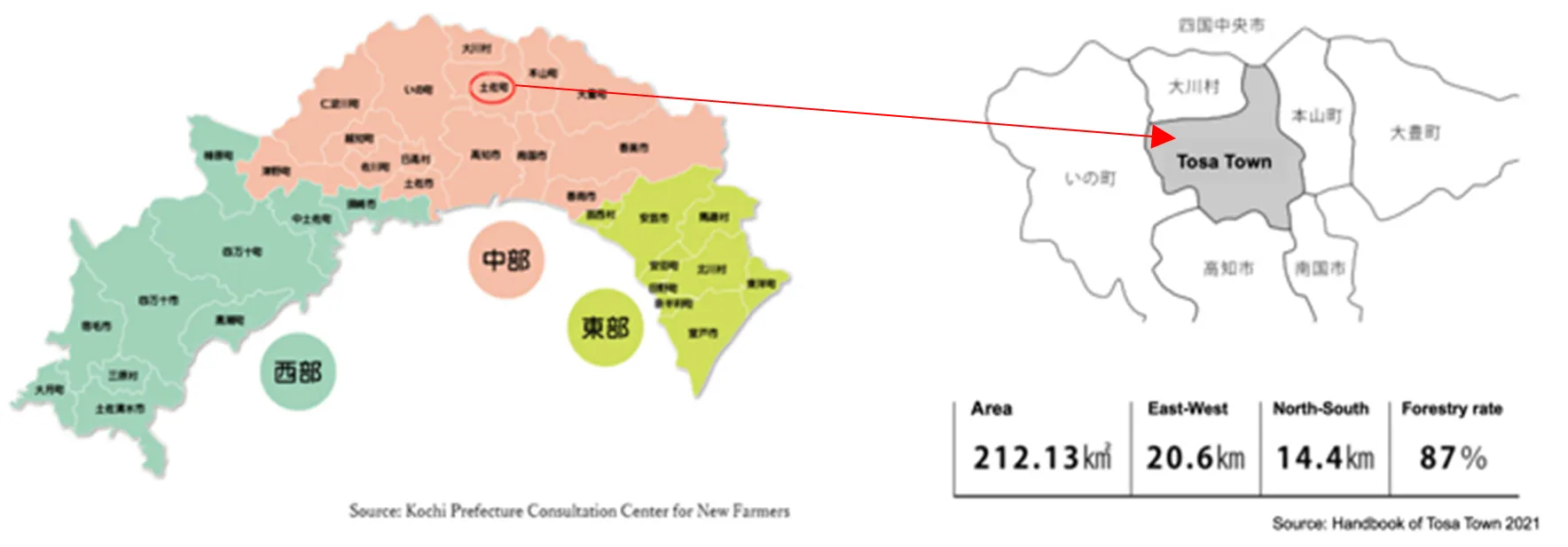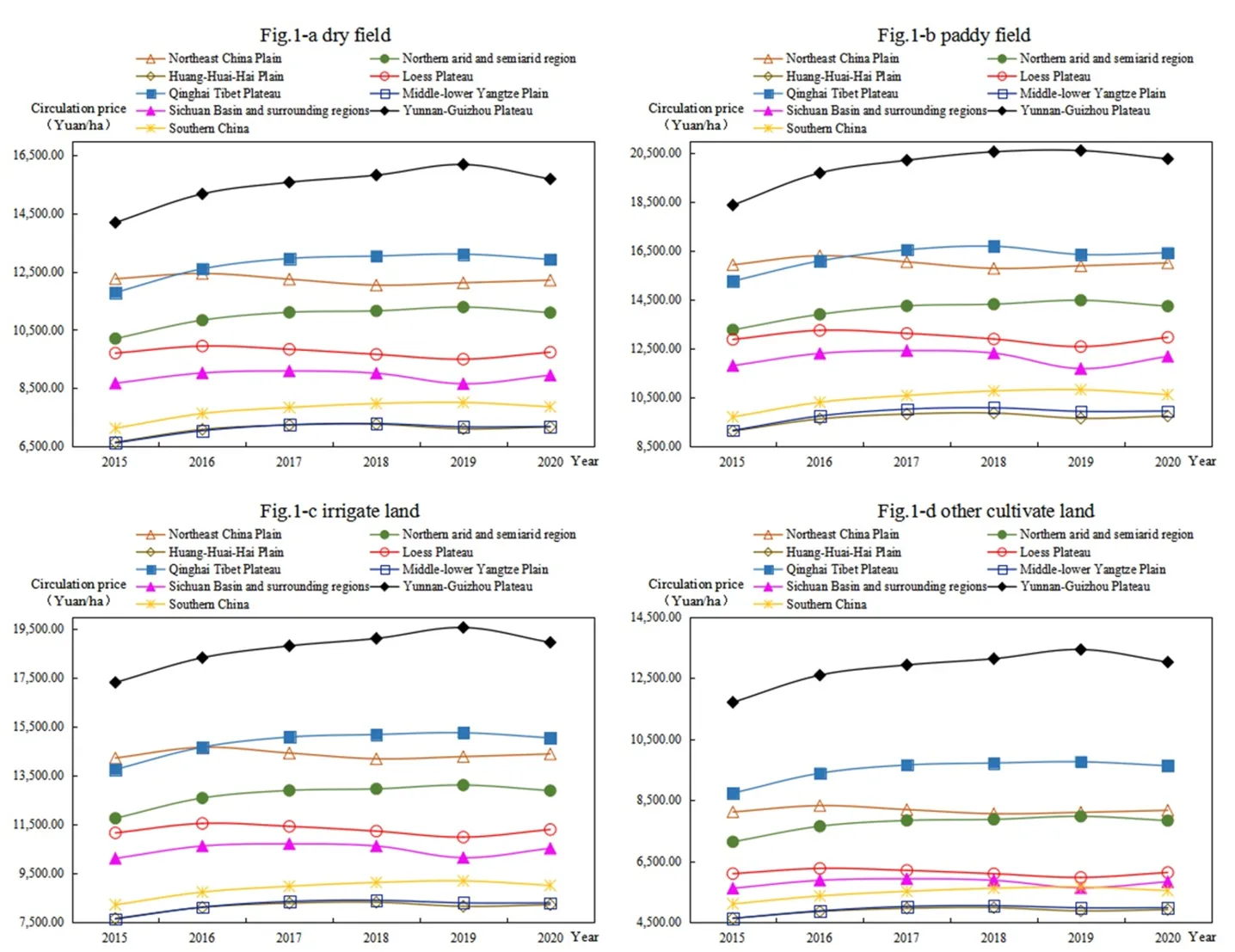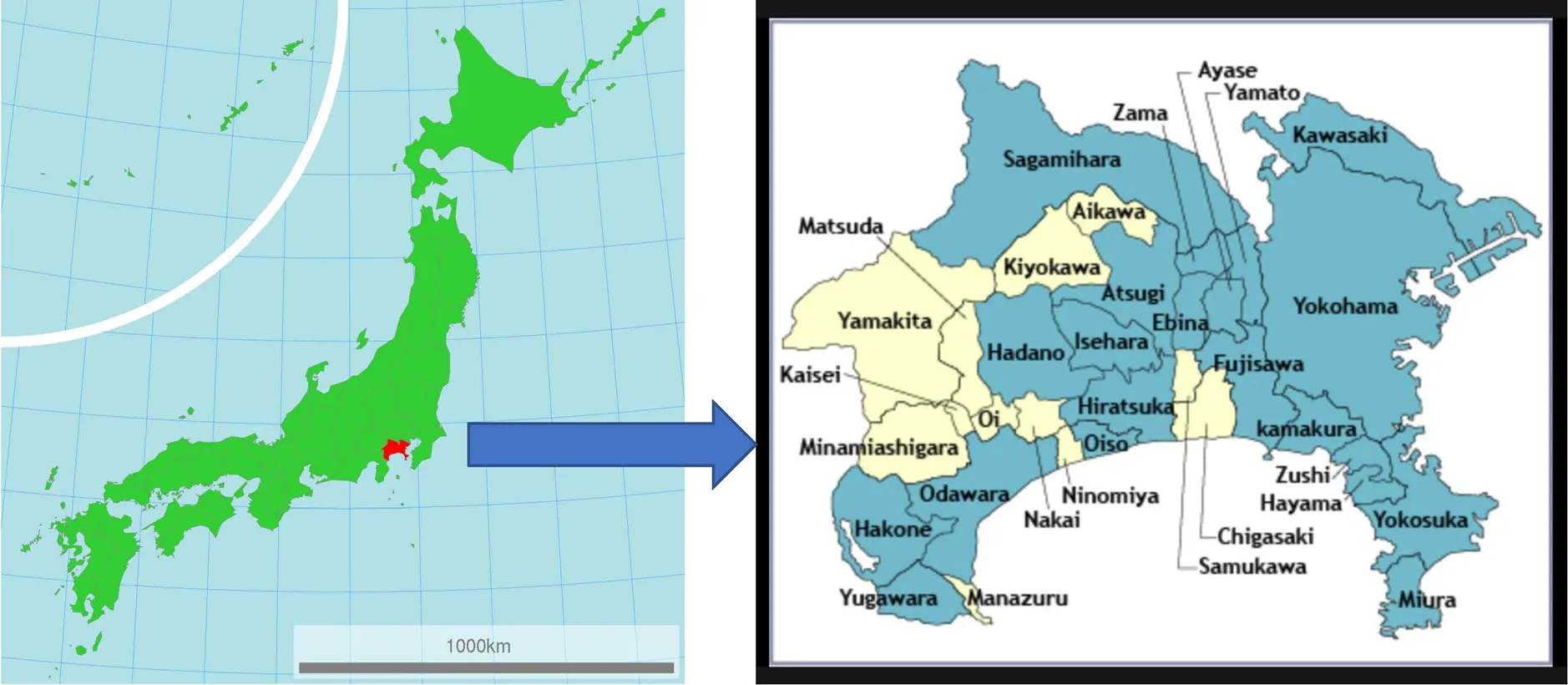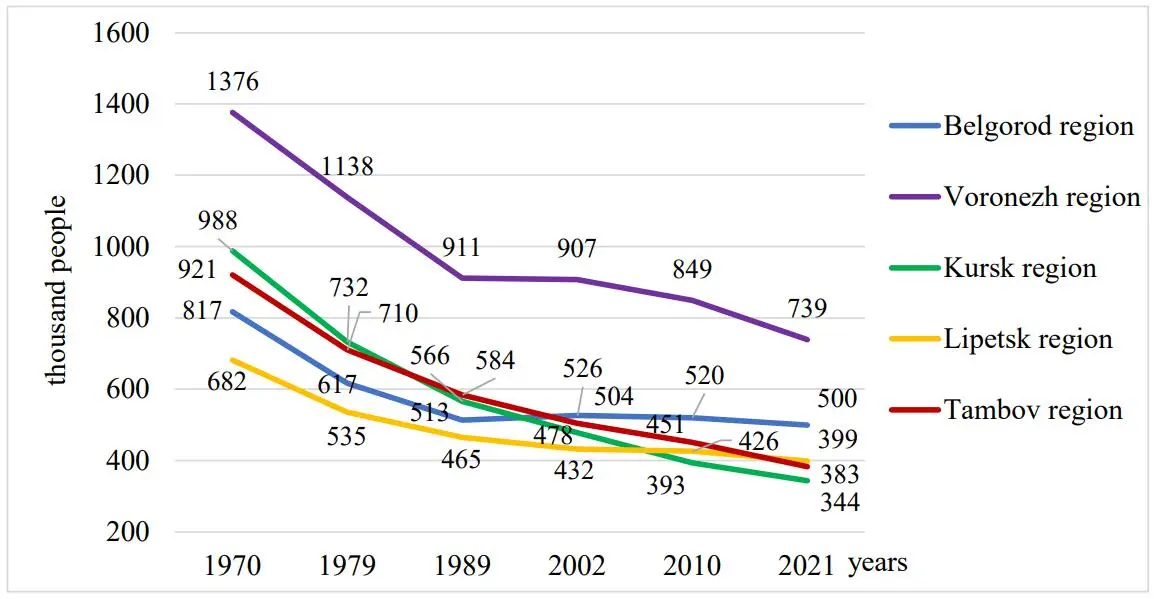Articles (54)
Open Access
Article
25 November 2025The Impact of Digital Infrastructure on Economic Resilience: Evidence from the Four Major Regions of China
Amid accelerating global structural changes and China’s transition to the digital-driven fourth industrial revolution, this paper examines the impact of digital infrastructure on economic resilience by clustering China’s 31 provinces into the four major economic regions during 2008–2022. Through the application of the Threshold Regression Model, Mediation Effect Model, and GTWR Model, the analysis reveals that digital infrastructure exhibits a threshold effect in enhancing economic resilience, with significant increasing marginal returns beyond specific scale thresholds. Regional heterogeneity is pronounced: the eastern region demonstrates amplified nonlinear benefits, while the northeast exhibits diminishing returns after crossing the threshold. Industrial diversification is an effective way for digital infrastructure to build resilience. The effects of industrial specialization, however, vary by region: it strengthens resilience in the east, weakens it in the central region, and shows no statistically significant impact in the western and northeastern regions. The findings provide empirical evidence for regionalized policymaking during technological paradigm shifts, highlighting the need to consider both digital infrastructure scale thresholds and industrial structure dynamics in economic resilience strategies.
Open Access
Article
24 November 2025Bridging the Urban-Rural Divide: How Urban Agriculture Enhances Food Security in High-Urbanized Regions in Guangdong, China
The COVID-19 pandemic starkly exposed vulnerabilities in global food supply chains, highlighting the critical need for resilient, localized alternatives to ensure urban food security. Urban agriculture (UA), which we define as all agricultural output occurring in cities with an urbanization rate exceeding 85%, emerges as a pivotal strategy to mitigate such risks by shortening supply chains, particularly for perishable goods like vegetables and fruits. This study investigates the underexplored role of UA in Guangdong Province, China—a region characterized by rapid urbanization, high population density, and economic dynamism- to assess its contribution to food self-sufficiency. Leveraging a novel classification framework, we categorize Guangdong’s 21 prefecture-level cities into two groups based on an 85% urbanization threshold (2017–2022), distinguishing high-degree urbanized cities (e.g., Shenzhen, Guangzhou) from others. Using panel data, we analyze spatial-temporal patterns in grain, vegetable, and fruit self-sufficiency through geospatial and statistical methods. Key findings reveal pronounced disparities: high-degree urbanized cities exhibit critically low grain self-sufficiency, relying heavily on external supplies, while non-urbanized regions achieve exceptional surpluses. Conversely, vegetables and fruits demonstrate a center-periphery gradient, with peri-urban zones bridging the gap between urban cores and rural surplus hubs. Despite incremental gains in UA productivity, urban yields lag behind non-urban areas for grains and vegetables, though fruit production shows convergence, underscoring UA’s niche potential. These results highlight the indispensability of non-urban regions in sustaining provincial food security while emphasizing UA’s role in fresher, faster urban supply chains. We propose actionable policies, including: (1) integrating farmland protection redlines with UA incentives (e.g., vertical farming subsidies, peri-urban logistics optimization); (2) scaling technology-driven UA (controlled-environment agriculture, digital platforms); and (3) reducing post-harvest losses through urban-centric infrastructure. Our findings advance the discourse on crisis-resilient food systems, offering a replicable framework for high-density regions globally.
Open Access
Article
10 November 2025Gendered Mismatches in the Business Support System in Rural Sweden
Rural women often start enterprises in sectors that are vital for long-term rural sustainability, but these organizations run the risk of not being properly recognized by public rural development support systems. In this paper, we ask whether existing business support measures meet the needs of rural women entrepreneurs, and if not, what can be improved? Our data consists of recorded interviews with twenty women entrepreneurs from the rural regions of southern Sweden. We asked how they perceive the business support that is provided, used, and needed. We found a gendered mismatch between the forms of public support provided and the support needed by women entrepreneurs in rural areas. The analysis reveals that current business support initiatives often overlook social, cultural, and environmental innovations and enterprises that do not prioritise economic growth as their primary objective, despite their importance for rural viability and development. We argue for a shift towards valuing alternative growth models, broadening eligibility criteria, and simplifying access to funding. As key players in this context, public funds should support long-term sustainability. By embracing the proposed changes, the business support system can be better aligned with the realities of rural entrepreneurship, contributing more meaningfully to rural development and gender equality.
Open Access
Article
28 October 2025The Role of Knowledge Transferred between Rural Inhabitants and Newcomers in the Development of Rural Areas
The purpose of this study is to find the answer to the question: What is the role of the transfer of knowledge between the permanent and new residents of the countryside. The results are based on qualitative inquiry, carried out in 18 Polish villages, situated in socially and historically diverse regions and outside of the metropolitan areas. Knowledge, which is transmitted in the contacts between the two groups considered, has a very clearly informative character. This concerns primarily the basic information pieces, meant to ensure satisfaction of the daily needs of the groups of inhabitants considered. Knowledge transfer is relatively little intensive and takes place during sporadic encounters, mainly in public spaces—a street, a central square, a shop. This, presumably, exerts an influence on the nature and quality of knowledge and information exchange. The permanent residents are, first of all, the source of current information and practical knowledge, concerning broadly conceived village life, answering the fundamental questions of what, where, and when. On the other hand, the newcomers, side by side with informative knowledge, provide also knowledge of advisory and non-material character. Knowledge and information provided by permanent rural residents serve the needs of daily life and the satisfaction of current necessities, while newcomers introduce new lifestyles and behaviors, leading to increased social activity in the countryside.
Open Access
Commentary
28 September 2025From Crisis to Coordination: How AI Transformed Public Health Policies during COVID-19
The COVID-19 pandemic showed the shortcomings of traditional policy-making procedures and highlighted serious flaws in international public health institutions. Artificial intelligence (AI) became a transformative force in response to the crisis’s urgency, allowing for data-driven, flexible, and better-coordinated public health measures. This viewpoint article examines how AI improved communication, accelerated vaccine development and distribution, enhanced decision-making, and optimized healthcare delivery during the COVID-19 pandemic. These advancements collectively contributed to significant changes in public health policy. Real-time analysis of large, complex datasets, ranging from case numbers and mobility patterns to hospital capacities and disinformation trends, was made possible by AI technologies including machine learning (ML) and natural language processing (NLP). Timely interventions like resource allocation, targeted lockdowns, and control of misinformation were made possible by this capability. AI also played a crucial role in forecasting infection trends, identifying vulnerable populations, and informing evidence-based decisions. AI-powered solutions further enhanced public involvement and cross-sector cooperation through chatbots and digital platforms delivering trustworthy health information. Additionally, AI-powered solutions enhanced public involvement and cross-sector cooperation, including the use of chatbots and digital platforms to provide trustworthy health information. AI sped up supply chain optimization and candidate screening in vaccine development, guaranteeing efficient, and quick delivery. However, ethical issues including bias, data privacy, and equity in healthcare access were also brought about by the integration of AI. This study emphasizes the need for open, inclusive, and morally sound AI governance by highlighting AI’s twin roles as a technological enabler and a tool for policy. The pandemic provides a fundamental lesson for countries preparing for future health emergencies: AI may be a key instrument in creating public health systems that are more robust, responsive, and equitable if it is applied properly.
Open Access
Article
24 September 2025Policy Analysis and Stakeholders Insights to Achieve SDGs in Kurashiki, Japan: Opportunities and Challenges of Applying Big Data to SDG Localization
This paper provides a comprehensive analysis of policy and stakeholder insights related to the achievement of the Sustainable Development Goals (SDGs) in Kurashiki, Japan. It critically examines both the opportunities and the inherent challenges of harnessing big data and open data technologies for SDG localization in the context of a medium-sized city. In the field of sustainable urban development, especially within the framework of the United Nations Sustainable Development Goals (SDGs), it has become crucial to understand the role of advanced technology and data analytics in policy formulation and implementation. While megacities are often at the center of such discussions, cities such as small and medium-sized ones are equally compelling due to their unique challenges and opportunities. As an SDGs future city in Japan, Kurashiki City, SDGs-related policies and initiatives that are gaining prominence in the region, especially policies that utilize big data and open data to advance the SDGs. This study first contextualizes the SDGs within the global and Japanese frameworks, providing insights into the critical role of big data and technology in improving the effectiveness of policies to achieve the goals. Secondly, it highlights Kurashiki’s unique challenges and opportunities. It explores the city’s current strategies and measures for implementing the SDGs by using a mixed methodology of qualitative and quantitative analysis, including policy analysis and stakeholder interviews. Key findings suggest that while Kurashiki has made significant progress in aligning with the SDGs, there are still areas that can be greatly improved regarding big data and open data technology integration. The research identified gaps in the current literature and provided insights from local stakeholders, including government agencies, private sectors, and community groups. The findings emphasize the importance of contextualized strategies, public-private partnerships, and adaptive technology infrastructure and establish a stakeholder policy implementation framework that attempts to serve as a guide for similar medium-sized cities aiming to harness big data and open data in their quest for sustainable development. It concludes with targeted recommendations for policymakers and stakeholders in Kurashiki, emphasizing the need for a more integrated, data-driven approach to effectively achieve the SDGs.
Open Access
Article
23 September 2025Promoting Sustainable Development through Community Education on Flood- and Storm-Resistant Architecture
Pakistan is experiencing climate-induced disasters such as floods and storms with an increased frequency and intensity every single year. This study aims to explore the integration of resilient architecture into environmental education as a pathway toward sustainable development and disaster risk reduction. The research examines current levels of understanding regarding flood- and storm-resistant building practices and identifies key barriers to their adoption in high-risk regions of Pakistan. The study used a mixed-methods approach by administering surveys. These surveys were administered to 500 community members in different cities of Sindh and Punjab. The study also incorporated two in-depth case studies: the Heritage Foundation’s low-cost housing initiative in Makli, Sindh, and the Aga Khan Agency for Habitat’s Safe Housing Program in Chitral, Khyber Pakhtunkhwa. These cases provide valuable insights into effective, culturally appropriate, and scalable models of resilient construction in Pakistan. Findings of the present study reveal that public awareness of resilient architecture is below a satisfactory level, with common misconceptions. Challenges, including high costs, lack of technical knowledge, and minimal government support, were identified as significant obstacles. Despite these issues, communities showed strong interest in learning about safer building practices when exposed to practical examples and local success stories. The study recommends integrating resilient construction education into community outreach, school curricula, and builder training programs. It also advocates for greater government involvement, financial incentives, and replication of proven models to foster widespread adoption of resilient architecture for long-term sustainability.
Open Access
Article
17 September 2025Environmental Management Based (EMB) on Local Wisdom for Sustainable Utilization of Natural Resources in the Environmental Rescue Movement (ERM) in Villages, South Konawe, Indonesia
This study uses a qualitative approach with a case study strategy in four villages in South Konawe Regency, Indonesia, to explore environmental management practices based on local wisdom with the Building Village Index (BVI) instrument, which includes social, economic, and environmental resilience dimensions. The study results show that local wisdom, such as traditional planting patterns, customary law, and water and natural resource management through traditional rituals, play a significant role in maintaining the balance of the village ecosystem while strengthening cultural identity. The integration of local wisdom with appropriate technology has been proven to increase ecological awareness, strengthen social solidarity, and support equitable distribution of resources, although improvements in waste and energy governance are still needed. Theoretically, these findings enrich the literature on village resilience based on local wisdom, while practically providing evidence-based policy recommendations to strengthen ecological conservation and sustainable village development.
Open Access
Article
15 July 2025Exploring the Sustainable Path of Rural Governance: An Empirical Study on Digital Technology Empowering the “Fengqiao Experience” Model in the New Era
Understanding digital technology and digital inclusive finance in rural governance is key to exploring the sustainable development path of rural governance in China. This study constructs a multidimensional index evaluation system for the “Fengqiao Experience” rural governance model in the new era, measures the model’s rural governance level in 30 provinces in China (2011–2022), and empirically assesses digital technology’s impact on rural governance and its mechanism. The results are as follows: (1) During the sample survey period, the rural governance level of digital technology and “Fengqiao Experience” in 30 provinces in China has improved year by year. (2) Benchmark returns to reality and digital technology significantly promotes the improvement of rural governance levels, which remains valid after using GLS, replacing core explanatory variables, excluding the impact of the epidemic, and excluding municipalities directly under the central government. (3) Digital inclusive finance plays an intermediary role in the digital technology process, enabling rural governance. (4) Digital technology’s impact on rural governance has significant spatial spillover characteristics. Such technology helps improve the level of rural governance both locally and in surrounding areas. This study contributes to the understanding of the mechanism, effect, and regional differences of digital technology-enabled rural governance.
Open Access
Article
11 July 2025Water Resource Potential in the Indian Central Himalaya: A Study on Its Conservation through Traditional Practices
The Himalayan region, known as the water tower of the Asian continent, boasts plenty of water. However, it faces acute water scarcity, particularly during the dry months from February to June. Traditional water sources were once the primary source of water in rural areas, but many have dried up, and some have vanished entirely. This paper examines potential of water resource and its conservation through traditional water practices in the Indian Central Himalaya. The study employs mainly a qualitative approach, collecting data from both primary and secondary sources. Primary data were gathered from 34 natural springs, including Naula, Dhara, streams/rivulets, Guls, and Khal-Chals, through a case study of 10 villages in the Pindar Valley. Furthermore, the characteristics and uses of these natural springs were illustrated. A total of 120 heads of households were interviewed about the status of water and its future potential, addressing perceptions of water availability, usage patterns, and water scarcity. The perception of these heads of households on the impact of climate change was noted. The author studied toposheets of the Survey of India and described the major rivers of the 13 districts of Uttarakhand. Data were also collected from the review of literature and the state water resource department, Dehradun. The study revealed that rural areas face acute water scarcity due to the drying of natural water sources. The tap water supply is insufficient, and during the rainy season, these pipelines are often damaged by flash floods and landslides. Large-scale sedimentation in the source area of tap water further hinders the water supply. The study suggests that reviving traditional natural water sources will help sustain water availability and supply.
Open Access
Article
02 July 2025An Assessment of the Impact of Temporary Migration on Household Adaptive Capacity to Climate Variability (e.g., Drought) in Rural India
A policy choice between migration prevention and migration support during climate variability needs to be properly backed by empirical evidence. The paper was to assess the effects of temporary migration on household adaptive capacity to climate variability (e.g., drought) in rural India. The analysis was performed by applying the propensity score matching method to the India Human Development Survey, 2011–12 data, and the India Meteorological Department’s gridded binary files. The household adaptive capacity to climate variability was measured in terms of three variables: monthly per capita consumption expenditure, livelihood diversity and the share of non-agricultural income. The study found that temporary migration had no statistically significant effect on household expenditure levels. The effect of temporary migration on livelihood diversity was found to be positive at 10% level of significance. The results suggest that temporary migration has significantly contributed to increasing the share of non-agricultural income. Results were similar even after removing the households with long-term migrant members from both treated and control groups. A disaggregated analysis across the different expenditure quintiles and social groups highlighted that the improved benefits of temporary migration, especially in terms of the share of non-agricultural income, were concentrated in certain groups only. The above results suggest that temporary migration may contribute to the development of household adaptive capacity in the face of climate variability (e.g., drought) not through the channel of utility maximization, but rather as a risk diversification strategy.
Open Access
Article
14 May 2025The Digital Generation: Branding and Consumer Behavior in Tech Adoption
This research investigates how different branding aspects influence Generation Z’s intention to purchase newly launched technological products designed for the agricultural sector. Given Gen Z’s strong digital engagement and preference for authenticity, sustainability, and innovation, branding plays a pivotal role in shaping their buying decisions. The study aims to assess the impact of key branding elements—such as brand experience, knowledge, image, trust, and loyalty—on the purchase intention of newly launched technological products with applications in agriculture management and informatics. As agricultural practices increasingly integrate smart farming technologies, data-driven decision-making, and precision agriculture, branding becomes crucial in ensuring the adoption of these innovations. Agricultural informatics—encompassing IoT-based monitoring systems, AI-driven analytics, and automated farm management solutions—relies on user trust and engagement for successful market penetration. Gen Z, a tech-savvy and socially conscious demographic, is particularly responsive to brands that emphasize efficiency, sustainability, and transparency in agricultural innovations. A quantitative research approach was adopted, utilizing a structured questionnaire administered to 302 Generation Z participants. Statistical analyses, including correlation and multiple regression, were conducted to examine the relationships between branding factors and purchasing behavior. The results indicate that online brand experience, brand knowledge, and brand image are the most significant predictors of purchase intention, highlighting the critical role of digital interactions, educational branding, and the perceived value of technology in optimizing agricultural processes. Although brand trust and loyalty influence consumer behavior, their impact is less significant than that of experience and knowledge. Although brand awareness and engagement correlate with purchase intention, they do not independently drive purchasing decisions. The study concludes that companies should prioritize enhancing digital brand experiences, providing transparent information, and reinforcing brand imagery to drive product adoption among Generation Z, particularly in the agricultural sector. As this generation continues to shape market trends, agricultural informatics, and smart farming technologies, businesses must craft branding strategies that align with Gen Z’s digital habits, values, and expectations. Future research should explore the long-term impact of branding on agricultural technology adoption and investigate the role of emerging technologies such as blockchain, AI, and big data in strengthening brand engagement and loyalty within the agricultural sector.
Open Access
Article
08 May 2025Vulnerability Assessment of Food Crop Production and Climate Change: Implication for Agricultural Productivity and Development in Nigeria
Climate change poses significant challenges to agriculture, particularly in developing nations like Nigeria, where the sector is highly dependent on vulnerable rain-fed farming systems. Extreme weather events such as prolonged droughts, erratic rainfall, flooding, and rising temperatures threaten agricultural productivity, food security, and rural livelihoods. This study examines the vulnerability of food crops to climate change, focusing on smallholder farmers’ perceptions and adaptation strategies. Using a multistage sampling technique, data were collected from 480 smallholder farmers across selected agro-ecological zones in Nigeria. The study employed descriptive statistics and a crop vulnerability scale to assess the susceptibility of key food crops—maize, cassava, sorghum, rice, millet, soybean, and yam—to climate extremes. Findings reveal that drought is the most critical climate-induced stressor affecting food crops, with maize and cassava exhibiting the highest vulnerability indices. Flooding also presents a substantial risk, particularly to maize, while temperature fluctuations have relatively less severe immediate impacts. The study highlights the importance of climate information dissemination, cooperative memberships, and extension services in enhancing farmers’ resilience. However, limited access to climate information remains a significant barrier to adaptation. Given the observed variability in crop vulnerability, it is recommended to implement targeted climate adaptation strategies such as drought-resistant crop varieties, improved drainage systems, and early warning mechanisms. This study underscores the urgent need for climate-smart agricultural policies and resilience-building measures to safeguard food production and rural livelihoods in Nigeria amid escalating climate change threats.
Open Access
Article
23 April 2025Socio-Economic and Environmental Impacts of Jamrani Irrigation Dam Project, Kumaon Himalaya, India
This paper examines the economic and environmental impacts of the proposed Jamrani Irrigation Dam Project on the upstream and downstream areas. This study is primarily empirical, and a case study of six villages was conducted. A total of 415 households are being affected—fully and partially, due to the construction of the dam, out of which 122 heads of households were interviewed. A structured questionnaire was constructed, and the heads of households were asked about the socio-economic and environmental impacts of the proposed dam project. Furthermore, a detailed perception study of these households was conducted. Secondary data related to the size of the dam project, various land uses being affected by the dam, its socio-economic and environmental impact, and the most beneficial sectors were collected from the irrigation department, Government of Uttarakhand’s report 2020. In addition, socio-economic data from 415 households were collected from the same source. This study reveals that the dam project will have many favourable economic impacts in terms of supplying ample water for drinking and irrigation, electricity generation, development of infrastructural facilities and tourism, and the Gaula River flood control. On the other hand, the dam project will lead to land degradation, depletion of faunal and floral resources, soil erosion, and finally, the rehabilitation of the affected people. This study suggests that the proper use of technology and a suitable rehabilitation policy will make the project successful.
Open Access
Article
18 April 2025Factors Influencing the Incomes of Chinese Herdsmen in the Context of Grassland Ecological Compensation: A Meta-Analysis
This original paper, within the context of grassland ecological protection subsidies and reward policies, draws on 27 empirical studies conducted between 2011 and 2024 to conduct a meta-analysis of the factors influencing Chinese herdsmen’s incomes concerning heterogeneity and its sources. The results reveal 16 variables that have a significant positive impact on herdsmen’s incomes. These include herdsmen’s gender, age, ethnicity, level of education, household size, labor force, membership in cooperatives, subsidy amount, livestock quantity, living and production expenses, fixed assets, grassland area, per capita grassland area, grassland quality, and location. Among them, the quantity of livestock shows the greatest effect. Significant heterogeneity is evident across six variables: Subsidy amount, livestock quantity, grassland area, labor force, production expenses, and per capita grassland area. The heterogeneity in subsidy amount and grassland area originates from the use of different statistical methods, while the heterogeneity in livestock quantity is attributable to differences in the type of literature; per capita, grassland area heterogeneity is caused by differences in the geographical regions under analysis.
Open Access
Article
15 April 2025Without Land and Water in Wallmapu (Ancestral Mapuche Territory): Exploring Causal Relationships and Perceptions in the Chol-Chol Watershed, La Araucanía, Chile
From a multi-variate database, causal relationships regarding water scarcity for human consumption in the Chol-Chol River basin were identified. The relationships were examined using the principal component analysis (PCA) statistical technique, and digital coverage was processed with ArcGIS 10.1, allowing for the construction of different thematic maps. Semi-structured interviews were conducted with various local actors, including Mapuche community leaders or lonkos (chiefs in the Mapudungun language) and local planners. The models with the greatest statistical significance are associated with the variables that measure land use changes between 2013 and 2017, particularly native forest and agricultural crops. In areas with greater changes in land use, there is less water availability and greater drinking water distribution by tanker trucks. A group of three models with the best goodness of fit (statistically significant) were identified. The models are related to the replacement of native forests with forest plantation (monoculture) and overexploitation of groundwater for irrigation. This model also links lower native vegetation cover in the southeastern part of the basin to agricultural uses on arable land, which is of higher quality than land in the north, and to lower drinking water consumption. The historical occupation processes of the Araucanía region (Wallmapu), the public policies of land and water (water emergency zone), climate change (decreases in flow and precipitation and increases in temperatures) are some of the driving forces behind land use change and water availability observed. An important innovation of this work has been the realization and discussion of the interviewees’ perceptions, showing different perspectives on a common problem; water scarcity. The interviews reveal diverse responses to the research question: What are the main variables related to the lack of water in Mapuche territory? The perception of Mapuche lonkos is that the lack of water is mainly associated with the rapid expansion of forest plantations. Local planners in the municipalities share a similar opinion.
Open Access
Article
12 March 2025How Do Gender-Based Employment, Agricultural Machinery, and Fertilizers Influence Regional Agricultural Productivity? Panel Analyses for South and Southeast Asian Countries
The analysis delves into key strategies for enhancing agricultural productivity in Southeast Asia and South Asia. It underscores the vital role of mechanization, sustainable input practices, and gender-inclusive policies. Customized interventions in these realms hold promise for significantly amplifying agricultural performance in the region. Fertilizer and machinery productivity are pivotal factors that correlate strongly with overall agricultural productivity, as revealed by regression analyses. Notably, male employment in agriculture and agricultural machinery exhibits positive and substantial impacts on agricultural productivity, while female employment and fertilizer consumption indicators show significant yet negative associations. The study highlights systemic issues such as unequal resource access and differing gender roles in agriculture that may impede the immediate productivity gains from increased female labor force participation. Mechanization and efficient fertilizer utilization emerge as critical drivers of enhanced agricultural output, with consistent coefficients across models. Male employment consistently demonstrates a positive influence on productivity, emphasizing the significance of labor force engagement in agriculture. Moreover, the study underscores the imperative of judicious fertilizer management to avert environmental degradation and diminishing returns. The findings affirm the efficacy of the random effects model, supported by the Hausman test, which indicates congruence in results between fixed and random effects models. This methodological choice ensures robust and reliable conclusions regarding the relationships between male and female employment, machinery, fertilizer consumption, and agricultural productivity in South and Southeast Asia.
Open Access
Article
27 February 2025Deciphering How Promoting Flower-Viewing Economy for Construction of Harmonious-Villages in Mountainous and Hilly Areas
Sustainable development in mountainous and hilly regions is a critical component of global sustainability efforts. These regions are facing numerous challenges, including ecological fragility, labor migration, and resource scarcity and imbalance. Addressing these issues is imperative for sustainable development; this study identifies two primary conditions necessary for sustainable development in mountainous regions: achieving human and nature’s sustainable development, which provides reliable material support and social support for achieving the same in the mountainous and hilly regions. The flower-viewing economy, derived from transforming China’s mountain agriculture, is an efficient new format for mountainous and hilly regions. To verify these primary conditions, this study constructed a flower-viewing economy from three dimensions: material support, subject relationship, and expectation, using the peach blossom festival in Tingzi Village, Taihe Town of Chongqing City, as an example. Here, we explained that a sustainable development model focused on benefiting farmers is an endogenous, farmer-centered pathway to sustainable development, highly relevant to promoting sustainable development in developing countries’ mountain villages.
Open Access
Review
05 February 2025Landslides in the Himalayas: A Comprehensive Review of Hazards, Impacts, and Adaptive Strategies
The Himalayas, known as the ‘Third Pole’, are facing an escalating crisis due to landslides driven by climate change and human activity. The settlements in the Himalayas are increasingly vulnerable due to a surging prevalence of landslides. This systematic review investigates the repercussions of landslide hazards on the inhabitants of the Himalayan Arc and explores the causes and adaptive strategies focusing on the period from 2002 to 2022. Data dealing with the impact of landslides were systematically extracted from Scopus, Web of Science, Pascal & Francis, Science Direct, and Google Scholar databases. The review adhered to the prescribed guidelines of reporting standards for systematic evidence systems (ROSES). The frequency and severity of landslides in the Himalayas are notably high, potentially exceeding those observed in other global regions, due to a combination of specific geological, climatic, and human-induced factors. Thematic categorization identifies that the Himalayan communities confront a multifaceted challenge involving social, natural, economic, human, and physical losses induced by landslides. However, they lack adaptive capacity. The origins of these landslides are diverse, emanating from natural forces, geological phenomena, and human activities within the Himalayas. The review contributes to the understanding of the profound impact that landslides inflict upon the Himalayan region. By consolidating data from diverse databases, the study illuminates the urgent need for comprehensive strategies to bolster resilience and mitigate the escalating threats posed by landslides in this vulnerable geographic expanse.
Open Access
Commentary
03 January 2025Geographies of Peripheral Rural Areas—Some Comments
The dominance of positivist approaches has led to the development of center-periphery models, which establish a relatively naturalized relationship between urban core areas and residual rural areas. Recent approaches to planetary rural geographies provide an opportunity to re-situate this issue and address it within the context of the revitalization of many rural areas, not only in the global North but also in the global South. However, multiple competing realities continue to shape the dynamics of these spaces. In large areas of the global South, material challenges persist despite some promising trends, while in the global North, dynamics are largely influenced by post-industrial societies. Africa serves as a relevant example to illustrate the limitations and shortcomings of recent planetary approaches to rural geography development. As an alternative, smaller-scale approaches focusing on community participation and the living conditions of people are proposed.
Open Access
Editorial
24 December 2024Open Access
Article
23 December 2024The Influence Mechanism and Test of Transformation for Cultivated Land Use on the Economic Resilience of Agricultural Crop Production Industry
Under the current multiple impacts, such as tightening resource and environmental constraints, low agricultural economic benefits and rural labor loss, improving the resilience of the planting economy has become the only way to ensure China’s food security and the stable operation of the social economy. As an important way of agricultural production factor, the transformation of cultivated land has a great influence on the development of the agricultural crop production industry. Based on the elaboration of the logical relationship and influence mechanism of the economic resilience of the agricultural crop production industry, the effect and regional differences of the economic resilience of the agricultural crop production industry are empirically tested by a double fixed regression model. It is found that the economic resilience level of the agricultural crop production industry in China is on the rise, but the regional differences are obvious; the transformation for cultivated land use can significantly promote the economic resilience level of agricultural crop production industry and the results are stable; there is regional and dimensional heterogeneity in the impact of cultivated land use transformation on the economic resilience of agricultural crop production industry. Based on this, we can promote the transformation of cultivated land use from three aspects: production, life, and ecology. Especially, attention should be paid to the orderly promotion of the transformation of farmland utilization in the main grain-producing areas and the improvement of the economic resilience of the agricultural crop production industry. Consolidate regional advantages while driving the improvement of economic resilience in the main grain sales areas’ agricultural crop production industry to achieve the goal of sustainable and stable development of China’s agricultural crop production industry.
Open Access
Article
16 December 2024Price and Output Response of Major Food Grains of Nadia District of West Bengal
The price and output response of food crops is a critical area in agricultural economics as this interaction refers to how the quantity of food grains supplied responds to changes in market prices. This research investigates the surplus ratios and price elasticities for rice, lentil, and gram in the Nadia district of West Bengal. Two hundred farmers were interviewed in different villages of the district and information was collected regarding socio-economics, marketed surplus and, selling price, etc. Further, elasticity and a modified version of the Raj Krishna model have been employed. The findings reveal that for rice, the ratios of gross, net marketed, and marketable surplus are 69.59%, 55.46%, and 16.27%, respectively. The gross marketed surplus ratio decreases with a reduction in farm size, while net marketed and marketable surpluses increase as farm size expands. For lentils, the gross and net marketed surplus ratios are recorded at 66.64% and 65.57%, with an average marketable surplus of 35.30%. Marginal gram farmers have a gross marketed surplus ratio of 80.33%, slightly lower than the overall average of 81.12%, whereas larger farms exceed this average, with ratios of 82.19% and 83.18%. Output elasticities for rice are positive and exceed unity for both marginal and large farms, at 1.03 and 1.45, respectively, though slightly below unity at 0.85 for small farms. The average elasticity for rice across all farm sizes is 1.12. Lentil output elasticities are also positive and greater than unity for marginal and large farms (1.00 and 1.07, respectively) but fall below unity at 0.78 for medium farms, with an overall average of 0.91. The output elasticities for gram remain consistently positive and above unity across all farm sizes, averaging 1.09.
Open Access
Article
11 November 2024Rural Local Government Institutional Sustainability Programs and Plans in Cascadia: A Comparative Analysis
This research provides a comparative analysis of institutional sustainability programs in small and rural communities across British Columbia, Oregon, and Washington. The study reveals significant regional differences in the adoption of sustainability initiatives, with Oregon consistently leading in the implementation of various programs such as grant writing, conflict resolution, and e-government. The analysis identifies key factors influencing program adoption, including population growth, economic stability, and remoteness. Communities experiencing significant population growth and financial stability are more likely to adopt multiple sustainability programs, while remoteness and economic challenges, such as inflation, act as barriers. The study underscores the importance of regional context and local conditions in shaping the sustainability efforts of rural communities.
Open Access
Article
04 November 2024Understanding Rural Consumer Credit Demand: Insights from China’s Household Income and Asset Structures
China’s ongoing supply-side structural reforms and the government’s strategic focus on rural revitalization catalyze a significant transformation in rural landscapes. The steady rise in rural residents’ incomes and assets, along with gradual improvements in household quality of life, is unlocking significant potential for growth and upgrades in the rural consumer market.This evolution necessitates a more diversified and sophisticated approach to financial services that is more inclusive and widespread. Despite the challenges, such as an aging population and imperfect credit systems that have limited the quality and precision of rural financial services, the analysis of household income and asset structures is vital for understanding consumption patterns and enhancing the economic vitality of rural households. Our study, based on the 2019 China Household Finance Survey data of 11,386 households and employing the Heckman two-stage model, finds that the proportions of income components and financial assets, moving in opposite directions, significantly influence the amount of consumer credit demanded, while other asset types, such as real estate, show no significant effect. The examination of income and asset diversity through the Herfindahl-Hirschman Index (HHI) demonstrates varying impacts of income and asset structures on credit demand, depending on the concentration levels of income and assets. Additionally, our analysis of heterogeneity based on the age of the household head and geographic region highlights the diverse influences on the amount of consumer credit demand, underscoring the importance of tailoring financial products and policies to meet the specific needs of rural households. These findings shed light on these dynamics and inform financial service innovations that align with the needs of rural consumers, thereby supporting the broader objectives of rural economic development and the achievement of China’s rural revitalization strategies.
Open Access
Article
01 November 2024The Agricultural Land Use Changes in Metropolitan Areas: A Case Study in Italy
In recent decades, countries have experienced a widespread increase in population that has resulted in unorganized urban sprawl, problems with land use change and related threats to natural resources. On the other hand, this led to converting agricultural areas into urban spaces. This work aims to analyze land use changes in the metropolitan area of Rome, which has experienced significant urbanization in rural areas. In this context, the agricultural sector’s contribution to the economic growth of peri-urban areas in the metropolitan area of Rome was verified. After showing the extent of agricultural land consumption, an economic evaluation of land use was provided through the analysis of the evolution of urban and peri-urban agriculture in Rome. The analysis was performed using the Italian FADN data for 2008–2020 and a set of structural and economic–financial indicators. Furthermore, the study analyzes the relationship between farm performance and agricultural resources, farmer demographics, and farm size. The analysis reveals that farms are mainly specialized in arable land and herbivores and are conducted prevalently by men with a high school education level and aged between 40 and 65 years. The economic results also show a good performance; however, they are yearly differentiated. Only a few farms resort to other gainful activities to increase the income produced. Therefore, a greater diversification of agricultural activities is desirable. The research provides interesting insights to stakeholders on the public support that needs to be designed and implemented to favor the survival of farms in rural areas.
Open Access
Article
10 September 2024Payment or Incentive: Public Perception on Payment for Ecosystem Services at the Time of Climate Change in Nepal
Understanding community preferences and perceptions of ecosystem services is needed to generate local-level financing through Payment for Ecosystem Services. Local-level financing is crucial for both ecosystem management and also helpful in climate change adaptation actions. This research focuses on community perceptions of payment for ecosystem schemes and their preferences to generate local-level financing. The study was carried out in Dhankuta and Dasarath Chand municipalities, representing Koshi and Sudur Paschim provinces of Nepal. We applied social science research methods using focus group discussions, key informant interviews, and community surveys. The study indicates that community-perceived payment for ecosystem service schemes can be instrumental in generating local financing, and their preference is more towards in-kind or project-based payment mechanisms. While climate change is largely impacting ecosystems and community livelihoods, project-based payment mechanisms could be more effective than cash payments. However, this needs a strong institutional mechanism within the municipal government where such in-kind or project-based support could be mobilized through a multisectoral approach.
Open Access
Article
03 September 2024The Economic Impact of High-Speed Rail on Rural and Inner Urban Areas Economy: The Case Study of HSR Naples-Bari in South of Italy
High-speed rail (HSR) has revolutionized global transportation by providing fast, reliable, and efficient city-to-city travel. While its urban benefits are well-documented, the potential advantages for rural development are often overlooked. The high-speed rail project on the Naples-Bari route in Southern Italy aims to connect the urban centers of Naples in Campania and Bari in Apulia, traversing inland and rural areas. Initiated in 2016 and planned for completion in 2028, this project is anticipated to deliver numerous benefits. The purpose of this research is to examine the largely overlooked high-speed rail (HSR) in Southern Italy from an economic and territorial perspective and to determine whether it can sustainably promote rural development in the areas along the railway line. This study examines whether the HSR line will enhance economic activities, strengthen industries, and improve spatial accessibility in rural areas. Using a 2020 dataset covering 25 municipalities along the railway line, including those with stations and construction sites projected to open by 2024, three regression models were employed to estimate potential improvements in income and employment. The findings indicate mixed results: access time to airports improves, decreasing by 7%, while access to ports does not see similar benefits. Income shows a positive correlation with HSR, increasing with population growth around stations, suggesting a trend towards urban agglomeration. However, the study underscores that HSR is not universally beneficial for rural economies and that supportive development networks are crucial. Policies should adopt short-term strategies to strengthen future HSR projects and prepare for the anticipated surge in mass tourism to rural areas.
Open Access
Article
30 August 2024Fast-Track Documentation of the Alterations on the Landscape, before and after a Natural Hazard—Case Study: North Euboea Greece before and after Storms Daniel and Elias
This paper presents a methodology for fast-track documentation of landscape alterations before and after natural hazards, specifically focusing on the impacts of storms Daniel and Elias (2023) in Northern Euboea, Greece, which flooded larger areas than the storm Zorbas (2018). This happened because the plane trees had been affected by the disease Ceratocystis platani and had dried up, and the forest had burned. Therefore, the water moved faster, and in recent storms, the riverbed widened. This research aims to capture the transformed landscape rapidly by utilizing modern mapping technologies, including Google Earth, digital terrain models and drone-based photogrammetry. The methodology involves on-site inspections and the creation of three-dimensional models to document and analyze the affected areas. This approach facilitates a more comprehensive understanding of how the landscape can dynamically change due to a natural disaster. It highlights the importance of the on-site landscape inspection with sophisticated tools based on commercial equipment and open-source software.
Open Access
Article
08 August 2024Rural Nonfarm Enterprise and Its Impact on Household Livelihood in Ethiopia: Evidence from Gurage Zone
In Ethiopia, until recently, less attention has been given to rural entrepreneurship, while the rural economy has accounted for the lion’s share of employment, export earnings, and national income. This study scrutinized the factors influencing rural household participation in nonfarm enterprise and its impact on household livelihood in the Gurage zone. Data was collected from 352 households using questionnaires, and Key-Informant Interviews and Focus Group Discussions were used. The factors influencing household participation in nonfarm enterprises were estimated using a logit model, while Propensity Score Matching (PSM) was employed to assess the impact on household livelihoods. Women, single-headed households, households with larger family sizes, and households with secondary and primary education are more likely to participate in nonfarm enterprises. In addition, access to extension services, training, market, transport, credit, and being a member of cooperatives have increased the probability of household participation in nonfarm enterprise. Participation in nonfarm enterprises improved the livelihood of rural households. Rural nonfarm enterprises should be integrated into national policy as a means of economic empowerment, focusing on creating employment opportunities for women and youth and reducing poverty. Rural infrastructure expansion, access to credit, and entrepreneurship training should be prioritized and the sector should be enhanced as an alternative livelihood strategy.
Open Access
Review
02 August 2024A Promising and Forward-Looking Advancement Using Drones: Perspectives from Indian Sericulture
Drone integration in sericulture marks a promising advancement within the sector, leveraging recent technological strides in unmanned aerial vehicles (UAVs) across various industries like agriculture and healthcare. While the adoption of drones in sericulture remains nascent, their potential benefits, particularly in chemical spraying tailored to sericulture’s unique environmental conditions, are increasingly recognized. This paper explores the efficacy of drone-based pesticide spraying and smart fertilization methods optimized for sericulture settings. The rapid deployment capabilities of drones facilitate enhanced network connectivity, potentially catalyzing rural development and economic prosperity within the sericulture community. However, ethical and operational concerns persist regarding drone use across industries, necessitating robust regulatory frameworks and ethical guidelines. Furthermore, advancements in artificial intelligence augment drone capabilities, enabling automated inspections and improved performance across diverse applications. This paper underscores the need for further research and the development of standardized operating protocols to harness the transformative potential of drone technology in sericulture. Key focus areas include optimizing pesticide delivery, ensuring environmental sustainability, and addressing ethical considerations surrounding drone utilization. By leveraging UAVs for precision spraying and smart fertilization, sericulture stands poised to enhance productivity, bolster economic development, and navigate emerging challenges in agricultural production.
Open Access
Article
10 July 2024Documenting the Changing Floodplain of Nileas Basin in North Euboea (Greece) before and after Storms Daniel and Elias
The area of north Euboea is characterized by its intense relief, dense hydrographic network, and rich flora and fauna. In the mid-2010s, the region was struck by a plane tree disease that withered the large population of plane trees in the area, while in 2021, a large wildfire completely burned the forest. These unfortunate events depleted the landscape’s natural ability to manage and mitigate flood phenomena. Observing the landscape’s vulnerability to floods, in April 2023, we conduct on-site field inspections in the rivers of the area. In September 2023, a major flood hit the area, causing in dramatic changes to the landscape. Therefore, in November 2023, we conducted follow-up on-site field inspections in the area, in order to trace the differences, present the damages the phenomenon left behind. These inspections allowed to document the landscape changes from the combination of all previous events and identify any associated pathologies. Site visits and comparisons before and after the Daniel/Elias storm revealed dramatic changes in the riverbed width at lower altitudes, significant sediment accumulation in the Voudouros River delta, alterations in the natural landscape along the river and its floodplain, destruction of the arable land, and road collapses in several locations.
Open Access
Article
28 June 2024Shifting Prospects: Views and Strategies for Transforming Livestock and Meat Value Chains in a Dynamic Location
Rural areas characterized by resource-dependent industries often experience growth but also lock-in and transformation pressures. We ask what strategies industries and businesses pursue that successfully exploit the transformative potential of such a location and what prevents other industries and businesses from doing the same. Based on interviews with stakeholders and experts from the livestock and meat sector in a highly specialized location, we explore the will, resources, and capabilities of industries and actors to transform their businesses and entire value chains in ways that can stabilize the local growth regime. The analysis is based on a conceptual framework derived from resource-based and dynamic capability theories at the micro level and the concept of Strategic Action Fields (SAFs) at the meso level. The results suggest that incumbents from the old industrial core tend to counteract the transformation of the SAF with conservative strategies. Challengers from former support activities, in contrast, want to move away from cost competition towards new markets. Their product variation and horizontal diversification can exploit favorable cluster characteristics to develop future-proof capabilities. This should be encouraged, along with new entrepreneurial activity, even if the region is then no longer hosting the core industries of the transformed field.
Open Access
Editorial
14 June 2024Open Access
Article
31 May 2024Advancing Green Infrastructure Solutions in Rural Regions: Economic Impacts and Capacity Challenges in Southwest Ontario, Canada
Green infrastructure (GI) is a growing topic in urban planning, asset management, and climate change adaptation. However, rural regions have been under-represented in the discourse. This paper explores the benefits and challenges associated with the implementation and management of GI through a regional study of rural communities in southwestern Ontario. Our focus concerns the inter-relationships between GI, economic resilience, and the development of rural places. Findings show rural communities benefit from GI initiatives like natural stormwater management, park naturalization, and natural heritage restoration, which provide low-cost municipal services, conserve agricultural soils, and contribute to the amenity appeal of rural places. Challenges surrounding awareness, organizational capacity, and environmental regulation have slowed the uptake of GI and led to inconsistencies across jurisdictions. A mix of supportive policies, funding of demonstration projects with economic monitoring, and training to build professional capacity will advance the use and efficacy of GI across rural regions.
Open Access
Article
14 May 2024Measurement and Structure of Common Prosperity of Urban Residents the Case of Hangzhou, China
Common prosperity is an important feature of the social state that the people of the world aspire to, and an important feature of the Chinese path to modernization. Taking common prosperity as the result of income and assets does not facilitate a full understanding of people’s common prosperity, because common prosperity also includes people’s pursuit of subjective happiness such as happiness and satisfaction. From the perspective of the need for a better life in China, this study constructs a subjective evaluation system of the common prosperity of urban residents, including 5 dimensions and 25 specific indicators. It uses survey data from 460 participants and applies the graded response models to estimate parameters and predict latent variables. We find that 21 indicators are in line with the reasonable range of basic assumptions and parameters. They have a strong ability to distinguish the common prosperity of residents in different regions, but have different functional characteristics. The confirmatory factor analysis shows that the common prosperity index of residents includes four potential factors: income, education, medical care, and old-age care, and ecology, which has a good structural effect. In terms of weight, education, medical care and old-age care are the most important factors influencing common prosperity. Among them, the classification policy of high school entrance examination, the quality and fairness of primary and secondary education, the degree of medical insurance security, and the waste sorting and community security are important aspects of evaluating the Common prosperity of residents.
Open Access
Article
19 April 2024Can Digital Village Construction Reduce Rural Income Disparity?—Empirical Analysis Based on Inter-provincial Panel Data in China
Cutting the income disparity within rural areas is one of the key priorities in seeking common prosperity in China. Based on the panel data of 20 provinces in China from 2011 to 2020, we empirically analyze the impact of digital village construction on rural income disparity by building a digital village construction level indicator system which represents three dimensions of digitalization in rural areas, i.e., digitalization of rural infrastructure, digitalization of agricultural development and digitalization of rural residents’ life. Overall, the level of digital village construction in rural China has shown a development trend of gradual improvement, while the development level in various regions is unbalanced and varies greatly. The results of the fixed-effect model show that, digital village construction can significantly reduce the income disparity in rural areas, whereas the effect is significant in eastern China, insignificant in central and western China. It is recommended to increase the investment in funds and talents and take full consideration and advantage of local conditions, while promoting the development of new rural digital economy, so to achieve the development goal of common prosperity of rural residents.
Open Access
Article
01 April 2024Identity, Secondary Vocational Education Options and Return on Investment: Evidence from Children of Rural Chinese Families
With the continuous improvement of living standards, the importance of educational choice becomes more and more prominent. Based on the data of China General Social Survey (CGSS), a simultaneous equation model of identity, secondary vocational education choice and investment return is constructed. On the basis of fully considering endogeneity and sample selection bias, this paper analyzes the influence of identity on secondary vocational education choice and investment return by means of instrumental variables and propensity score matching (PSM). It is found that class differentiation is the main factor affecting class identity. The more blurred class differentiation, the higher class identity. Class identity has a significant positive impact on identity. The higher class identity, the easier it is to form identity. Identity has a direct positive impact on personal investment return. The stronger the identity, the higher the investment return. At the same time, identity has a significant positive impact on the choice of secondary vocational education. The stronger the identity, the more inclined to choose secondary vocational education. Compared with individuals with junior high school education, individuals with secondary vocational education have a higher return on education investment. Therefore, identity can not only directly improve an individual’s return on investment, but also improve the possibility of an individual’s choice of secondary vocational education, thereby improving an individual’s return on education investment, and ultimately increasing an individual’s return on investment.
Open Access
Article
22 March 2024Community Sport, Australian Sport Policy and Advocacy: A Qualitative Study of Stakeholder Perspectives
This article explored aspects of the community sport policy process in rural New South Wales, Australia, focusing on the views of community sport club (CSC) officials relating to policy matters. Community sport represents a complicated policy arena, and rural communities face a level of disparity compared with better-resourced urban CSCs, particularly concerning policy implementation and advocacy issues. Officials at CSCs from ten different sports (n = 10) in a rural setting participated in semi-structured interviews to pinpoint themes common in the community sport policy process. Further, the research identified aspects of the connections that impact CSCs, including those with government and National Sporting Organisations (NSOs). To highlight the beliefs and attitudes of the CSC officials, the interviews had two key thematic foci—implementation and advocacy—and the findings highlighted sub-themes relating to the fundamental interests of CSCs. Overall, the research accentuated the hierarchical nature—a power imbalance—of sport policy processes, the potential for CSCs to have a bottom-up role in policy creation, and the consideration of a policy analysis and evaluation structure such as the Advocacy Coalition Framework. Finally, the outcome points to enthusiasm for strengthening community sport by giving CSCs a voice through localized advocacy.
Open Access
Review
29 February 2024Conceptualizing an Informational Paradigm in the Pursuit of Sustainable Cities and Communities
This study seeks to conceptualize ‘Informational Sustainability’ by examining the dynamic relationship between Sustainable Development and the Information and Communication Technologies (ICT) Revolution through the exploration of two prominent urban theories—Lefebvre’s ‘Right to the City’ and Castells’ ‘Rise of the Network Society’—to underscore the importance of knowledge integration in the development of informed, sustainable communities. Conducting a cross-country comparison between developed and developing nations, the study underscores the critical role of informational transformation in enabling resource efficiency, knowledge sharing, innovation, and informed decision-making—key for achieving Sustainable Development Goals (SDGs), while also highlighting potential risks associated with resisting ICT adoption, including hindered growth, increased inequalities, and reduced social engagement and environmental stewardship. The core focus of this conceptual framework is to validate the precursor role of ICT in building sustainable cities and communities by identifying synergies in Sustainable Development, defining dimensions for effective ICT application within the dynamic interplay of global and local levels, and identifying implementation gaps and necessary presumptions for its effective use.
Open Access
Article
06 February 2024Geographical Discrepancies in Higher Education in Sweden
There is a growing awareness of the importance of higher education in Sweden to reduce social differences in society. There are also various mechanisms that individuals relate to that favour either the status quo or change based on an ideal of higher education. Individuals live in a geographical context with a number of ‘key actors’ who influence the perception of higher education with varying degrees of intensity. Paradoxically, despite several reforms to broaden recruitment, it can be seen that relative inequalities persist in terms of residents with higher education in Sweden, not least from a regional perspective. The purpose of this article is to shed light on geographical differences in the higher education level of the population over time from a Swedish perspective. The study shows that higher education has a geographical centre-periphery perspective, but not exclusively. There are thus additional influencing factors that in various ways relate to the social context in which the individual is located. We can conclude from our empirical data that the reforms implemented to broaden recruitment have not had the desired effect, especially for the group of men. We find it likely that what differentiates women and men is who their individual ‘key players’ are and how they interact. From an academic education perspective and as an intermediary of higher education, there is therefore a challenge to be able to identify who these “key players” are in order to be able to be an important actor in contributing to the desired broader recruitment that the government is striving to achieve.
Open Access
Comment
19 January 2024New Geographical (Im)materialities in Rural Spaces for a Renewed Countryside in the Global North. Some Key Comments in the Rural Geography Debate
From the point of view of the new (im)materialities and the relevance of vernacular house in the process of rural change and restructuring, this contribution comments some possible innovative ways of research in rural studies. The objective of the study is to bring the attention about the relevance of vernacular houses in the process of global rural change and restructuring and their particular expressions in localities and vernacular houses. The methodology in qualitatively based on auto-biographical and ethnographical research based in three houses of study in a marginal rural area of central Spain. The main conclusions suggest a process of hybridization of people and vernacular houses with two different circuits: new comers and traditional populations.
Open Access
Article
11 January 2024Plant Proteins Availability in Europe and Asia: A Causality Analysis of Climate, Demographics, and Economic Factors
The article examines the availability of plant-based proteins in Europe and Asia, considering the challenges posed by climate, demographics, and economics. The availability of these proteins is crucial given the growing impact of climate, economic, and social variables. Indeed, these factors play a decisive role in the production and accessibility of plant-based proteins across countries. The study employed a causality analysis method using regression models to determine the relative impact of these factors on protein availability. Two indicators were prioritized: total national production and the daily accessible quantity per person. This approach made it possible to construct hypothetical trajectories, showcasing the interrelations between the different variables. The results show that the availability of plant-based proteins varies across regions. Factors such as rising temperatures, increasing pollutants, and rising prices of plant proteins are particularly concerning. In this context, legumes appear as a promising alternative. They offer resilience against climatic variations while being an excellent protein source. The findings also encourage rethinking our consumption. Meat, with its significant ecological footprint, should see its consumption decrease in favor of plant-based proteins, ensuring a more sustainable diet. To facilitate this transition, the importance of appropriate public policies and incentives for producing and consuming plant proteins is emphasized.
Open Access
Article
09 January 2024Climate Change Adaptation Strategies for Grape Cultivation in Yamanashi Prefecture of Japan
Climate change impacts agricultural production, especially fruits. Amongst fruits, the grape is economically valuable and highly affected by climate change. Therefore, climate adaptation strategies are essential in overcoming the detrimental effects of climate change on grape cultivation. The study summarises adaptation strategies for grape cultivation in general and focuses on climate change. The Yamanashi prefecture in Japan is taken for the case study. Our findings indicate a decline in grape production in Japan and Yamanashi prefecture. This is attributed to the effects of climate change. Following this, various support measures (adaptative, mitigation, others) provided by the Yamanashi government towards grape cultivation are summarised and analyzed. The study concludes by offering recommendations by drawing lessons from the literature review on adaptation strategies for grape cultivation, focusing on overcoming climate change impact in the context of Yamanashi prefecture.
Open Access
Editorial
19 December 2023Open Access
Article
18 December 2023Measurement of Energy Poverty and Influencing Factors of Rural Households in China
Despite being the world’s largest developing country, China faces significant disparities between urban and rural areas, which exacerbates energy poverty in rural regions. This issue of energy poverty is a global concern, as millions of people lack access to modern energy necessary for a decent quality of life. This research aims to analyze the levels and structures of energy consumption in rural Chinese households, using data from the Chinese General Social Survey (CGSS) conducted in 2015 and 2018. The research employs the poverty line threshold and Theil index methods to comprehensively assess energy poverty in diverse regions. It also examines the economic, social, and familial factors influencing rural energy poverty. The findings reveal a transition in rural energy consumption towards cleaner sources, but energy poverty remains a significant issue. Factors such as energy prices and household size have a positive impact on energy poverty, while per capita income, education level, and social factors exert a negative influence.
Open Access
Article
15 November 2023Local Production, Consumption, and Innovation: Enhancing Sustainability through SMEs in Japan
The study focuses on the process of business development with the use of food tech and open innovation by Small and Medium-sized Enterprises (SMEs) in Japan to create a sustainable ecosystem in the regional economy. Production of alternative food materials is introduced in the new business of SMEs with the hope to reduce carbon footprint. SMEs need to create an SME ecosystem that integrates consumers as vital partners in the process of introducing new alternative food items to the market as agents of change. Innovative ways of inventing new food products involve the processes of sourcing ingredients, creating new recipes for alternative food products, and incorporating local food culture and methods of food preparation. Therefore, it is crucial for SMEs to involve local producers as well as consumers as stakeholders in innovation. Some case examples of SMEs producing plant-based alternative meats in Japan are reviewed in this study to highlight key factors impacting the outcome of innovation in the products and processes of SMEs seeking sustainable solutions. The significance of the study lies in acknowledging catalytic roles of SMEs in regional settings and interactive roles of consumers as product buyers as well as active players who consciously opt for certain products and modes of consumption driven by their inclination to support sustainability. Based on the findings of the study, some policy suggestions are also made for enhancing sustainability and revitalizing the local economy through SMEs.
Open Access
Article
12 October 2023Risk Analysis of Crisis Management on the Example of Rural Areas in Poland
The aim of this article is to analyze and assess the risk of crisis hazards and to introduce possible improvements on the example of the Municipality of Branice. The types of threats and the consequences associated with their occurrence are also described. The quality management method (FMEA) was used to develop the risk assessment, as well as an indication of the risk values presented by the risk matrix made. Thanks to the research part of the study, the most probable possible risks and their consequences were detected, and improvements were proposed to prevent the occurrence of such situations in the future. The main conclusions of the study are: (1) a properly prepared crisis management plan is the most important and effective method to deal with emergencies that threaten the life and health of citizens; (2) hazards have been, are, and will continue to accompany people, so adequate preparation is needed to minimize their effects or even eliminate them altogether; (3) during the occurrence of an emergency, the sphere of logistical action is very broad and determines the methods and actions of the relevant services in order to reduce the effects of the threats that occur; (4) the conducted analysis of threats possible to occur in the area of Branice Commune indicates that the highest probability of occurrence of a threat is floods and waterlogging as well as hurricanes and strong winds; (5) the conducted FMEA analysis indicates that a very important factor preventing the creation of the threats discussed in the point above are periodical inspections and cleaning or modernization works of the given threat areas. In summary, the FMEA analysis showed that in the analysed municipality, the most serious risks were flooding and flooding, as well as hurricanes and high winds. The following remedial actions are proposed in the analysis and to improve these areas in the rural areas: water surge in the riverbed (cleaning of the riverbed; repair of dikes; securing roads and communication bridges against possible damage; securing drinking water reservoirs against pollution; securing sewage treatment plants against possible leakage of faecal matter into flood waters); obstruction of field drainage (regular mowing and cleaning of ditches; checking the patency of ditches; roofs of residential and commercial buildings and fallen trees in villages close to houses (inspections and pruning of dangerous tree branches and possible removal of trees threatening danger of falling; inspection of roof structures by building supervision) and fallen trees in riverbeds (cleaning of banks and riverbeds; inspection of tree stands near rivers). The policy implications of this study may be far-reaching, not least because it may determine rural managers to change their management and attention to and response to crisis threats that may occur in such areas. Regarding the limitations of the study, it is important to remember that it was conducted on the author’s chosen terrain. In most cases, changes in the terrain, the population or its management have a determining influence on the shaping of emergency response principles. Therefore, the study conducted should provide an overview of the research issue undertaken. In the future, it is planned to extend the study area to equal rural areas occurring in the world, and it is also planned to verify the existing hazards on the ground on a continuous basis. In addition, it is intended to extend the deeper cooperation with both the rural authorities and the rescue units in order to imply the research results in the actual territorial units.
Open Access
Article
25 September 2023Depopulation Villages in Poland—Current Status and Possible Transition Scenarios
The picture of many localities undergoing depopulation will change in the coming years. A significant scale of migration and advanced ageing processes will result in an increase in the number of vacant buildings, or the removal of social infrastructure. The term ‘shrinkage’ tends to have negative connotations, but can lead to positive changes, e.g., an improvement in land structure under conditions of fragmented, dispersed agriculture. Depending on the quality of the natural environment and communication accessibility, other functions will develop there, including housing and recreation. However, a large part of the village may disappear completely.
Open Access
Editorial
25 August 2023Open Access
Article
21 August 2023Role of Youth in Implementing SDGs Future City in Tosacho, Kochi, Japan
The “SDG Future Cities” established by the SDG (Sustainable Development Goals) Promotion Headquarters of Cabinet Office of Government of Japan, are being expanded to all municipalities in Japan through government support for the efforts of leading municipalities. Tosa town is a small town with less than 4000 people with high aging population and surrounded by mountains in Kochi Prefecture. The town was selected as one of the SDG Future City in 2020. In this paper, through a literature review, interviews with the Tosa Town Office, and a questionnaire survey and interview with residents of Tosa town, we considered what young people need to do to achieve SDG-11. Although Tosa Town has a variety of local government initiatives, the definition of a town where young people can continue to live, as revealed in the literature review, was found to be insufficient in terms of “economic resources,” “decision-making,” “data,” and “knowledge”. However, it was found that “community leaders,” “nature/topography,” and “community/people” are the most important factors for creating a town where people can continue to live. As for future issues, it is necessary to take measures for “decision-making,” “data,” and “knowledge,” as well as to solve issues specific to Tosa town.
Open Access
Article
14 June 2023Spatio-temporal Evolution and Influencing Factors of Farmland Circulation Price at the County Level in China
Farmland circulation is an important way to achieve moderate scale operation to ensure food security. Based on the spatial analysis and spatial econometric model, this paper studies the spatial-temporal evolution and influencing factors of cultivated land transfer price at the county level in China from 2015 to 2020. The results revealed the following: (1) the circulation price of farmland generally shows paddy field > irrigated land > dry land > other cultivated land. The farmland circulation price in Huang-Huai-Hai Plain is always the highest, whereas that in Qinghai–Tibet Plateau is always the lowest. (2) The spatial pattern of farmland circulation price is high in the south and low in the north, presenting an inverted U-shaped structure from east to west in 2015, and high in the east and low in the west, presenting an inverted U-shaped structure from north to south in 2020. Moreover, the spatial agglomeration was enhanced. (3) With the development of land market and urbanization, the restriction of natural factors of cultivated land on the farmland circulation price weakens, while the socio-economic attribute of cultivated land constantly strengthens. Based on the results, this paper puts forward some suggestions to prevent the overcapitalization of land.
Open Access
Article
03 March 2023Spatial Characteristics and Influencing Factors of Migration in Kanagawa, Japan
In the context of “Tokyo centralization”, population migration has become an important factor affecting Kanagawa's economic growth, living standards, and employment status. On the other hand, with the development of the declining birth rate and aging society, migration for any purpose has an impact on social development. The government has released many policies to attract people from other cities to Kanagawa. This study analyzes the factors influencing the spatial pattern of population migration in Kanagawa based on the current spatial characteristics of population migration in Kanagawa from 2016~2020 and previous population migra-tion research theories. the influencing factors are analyzed empirically by selecting a total of 9 economic, social, and environmental indicators that may affect the spatial pattern of population migration in Kanagawa. The result showed that, when only the economic factor was considered, gross prefectural product, job opportunities, and consumer price index significantly influenced migration; When only environmental factors are considered, the number of pollution complaints successfully handled had a significant positive effect on population migration; When only the social environment is considered, the level of education becomes the main consid-eration for people. Furthermore, when the economic factors, environmental factors, and social factors are analyzed together, the gross prefectural domestic product, job opportunities, consumer price index, and the number of pollution complaints successfully handled all have an impact on migration in Kanagawa and the gross prefectural product is the common influencing factor.
Open Access
Article
28 January 2023Current Challenges to the Sustainable Development of Rural Communities in Russia's Central Chernozem Region
The rural community system in the Central Chernozem Economic Region in Russia is undergoing a radical transformation under the interrelated influence of fundamental factors that have rendered the development of many communities unsustainable. This paper analyses the role of urbanisation processes in population changes and transformation of rural community systems in the region; determines the level of horizontal mobility among the rural population, as well as its impact on settlement evolution; assesses the share of small and extremely small communities in settlement composition; and outlines these communities’ future development prospects. The authors believe that the socio-demographic “desertification” of peripheral municipalities can pose challenges to rural development: a shortage of labour resources, changes in population quality, and problems of innovation diffusion. The study recommends improving the comfort of the living environment and accelerating the technical re-equipment and automation of agricultural production.
